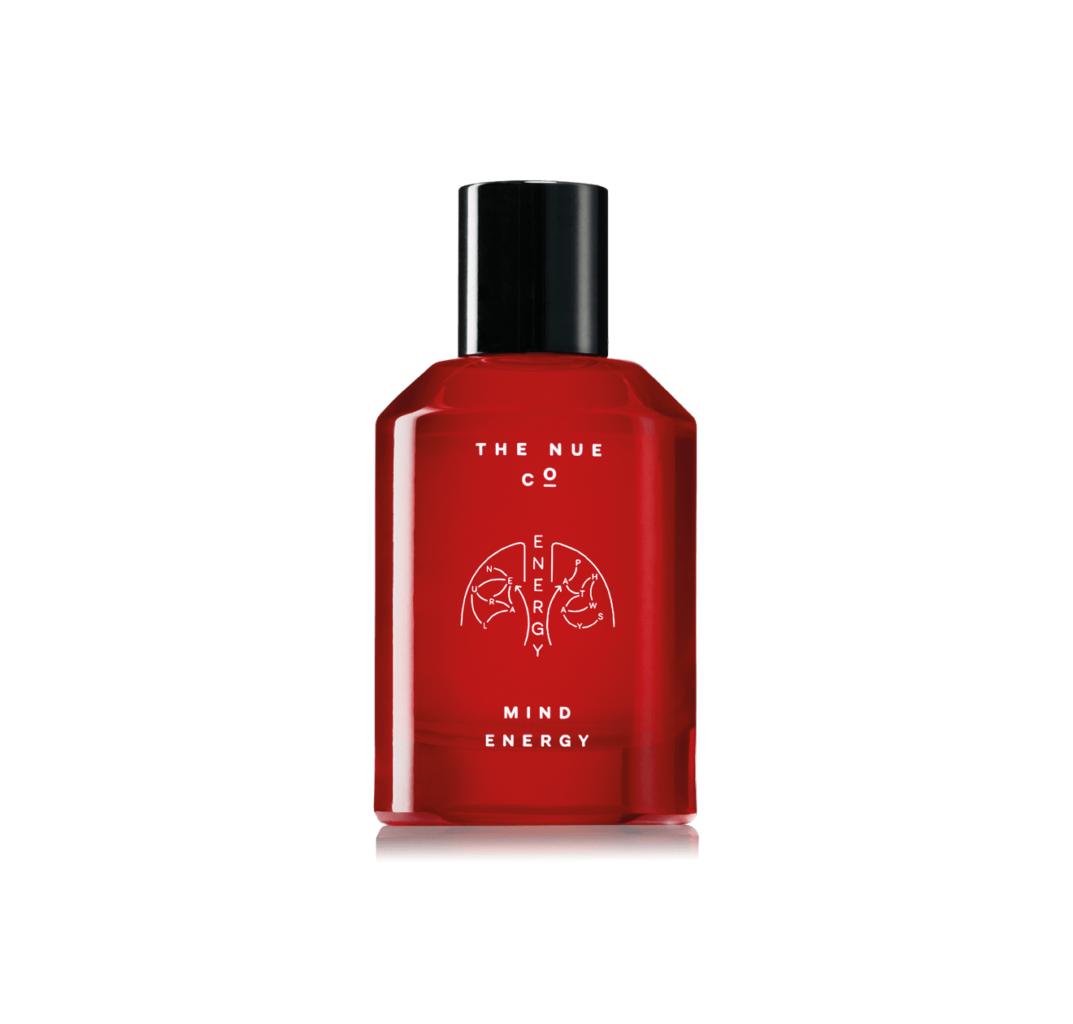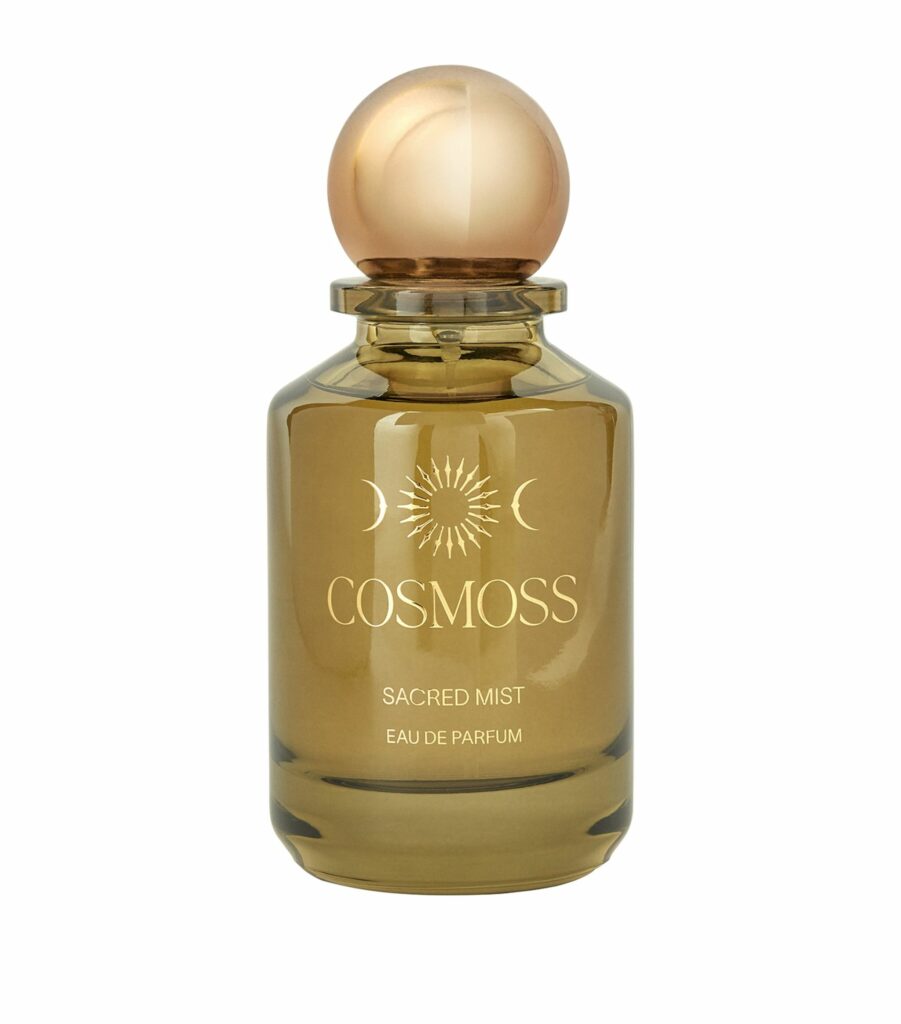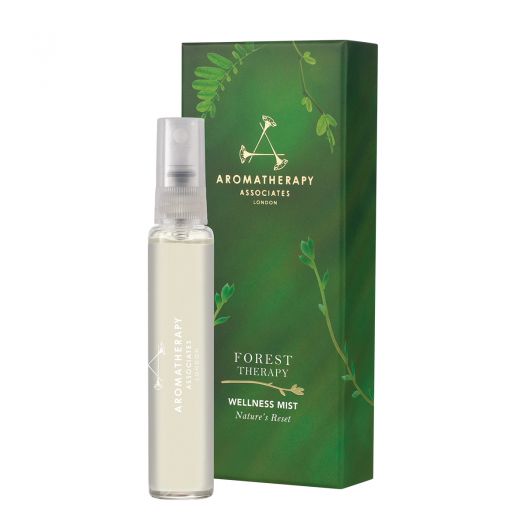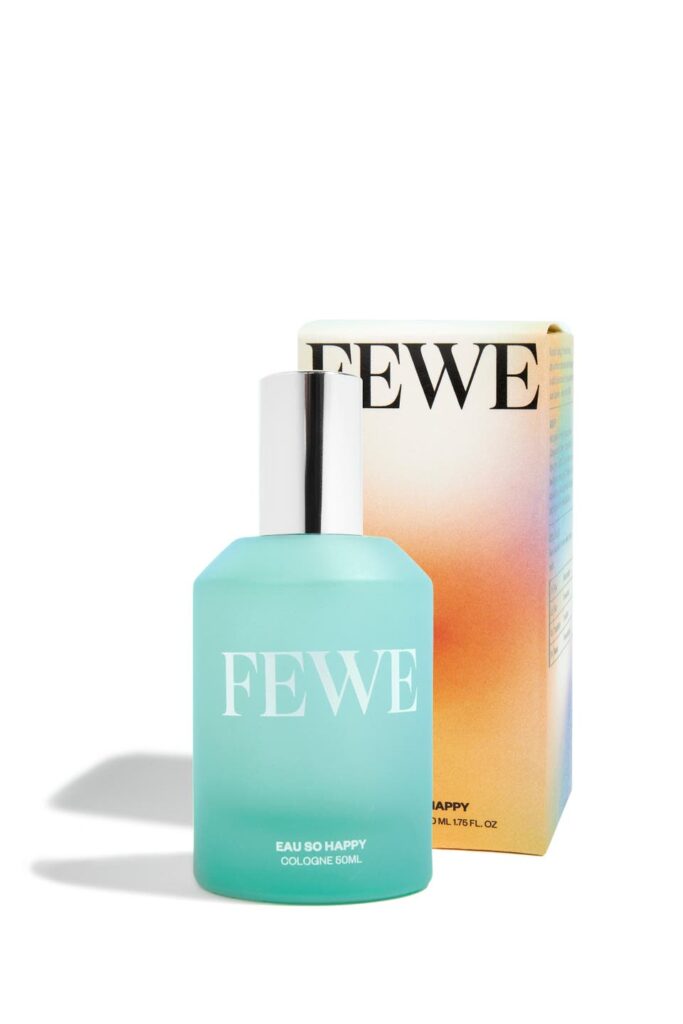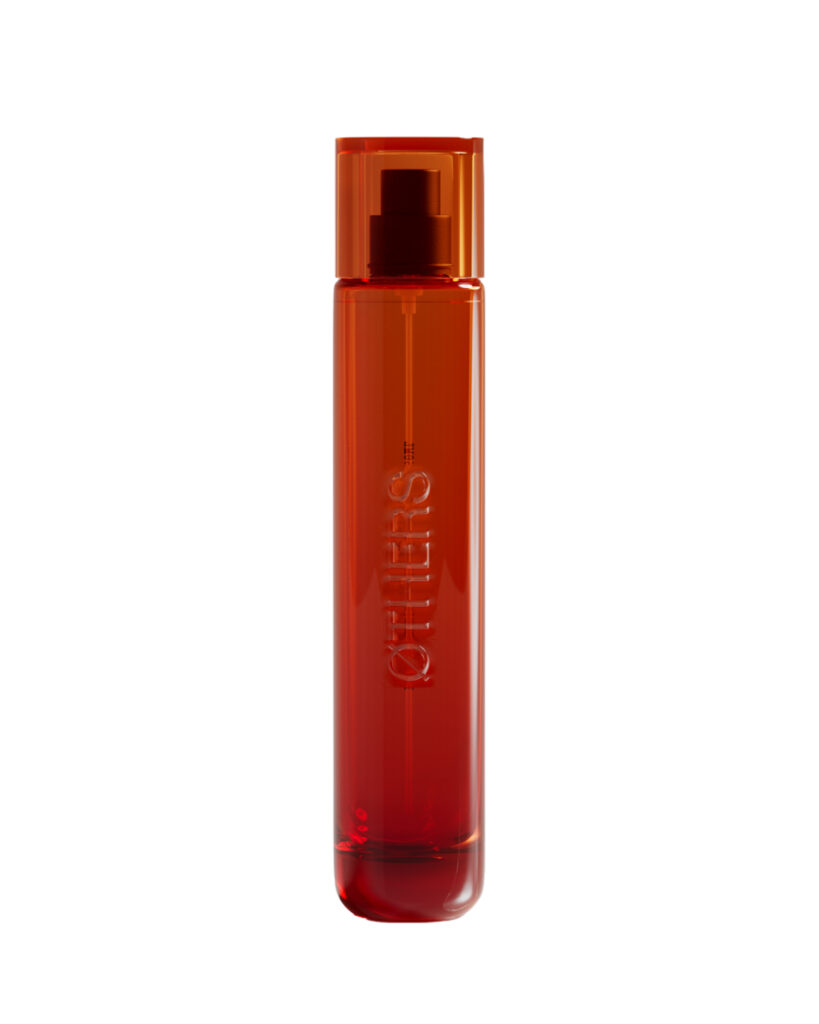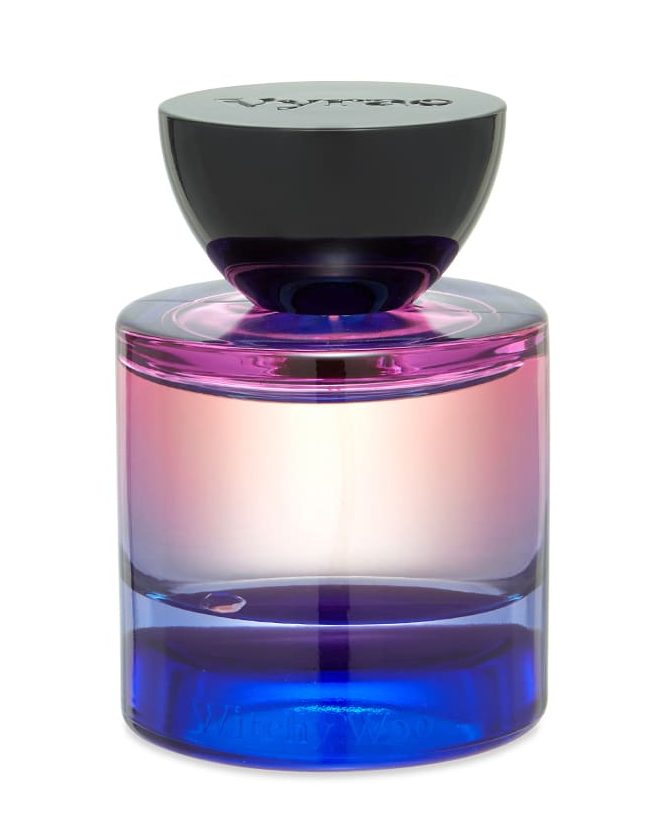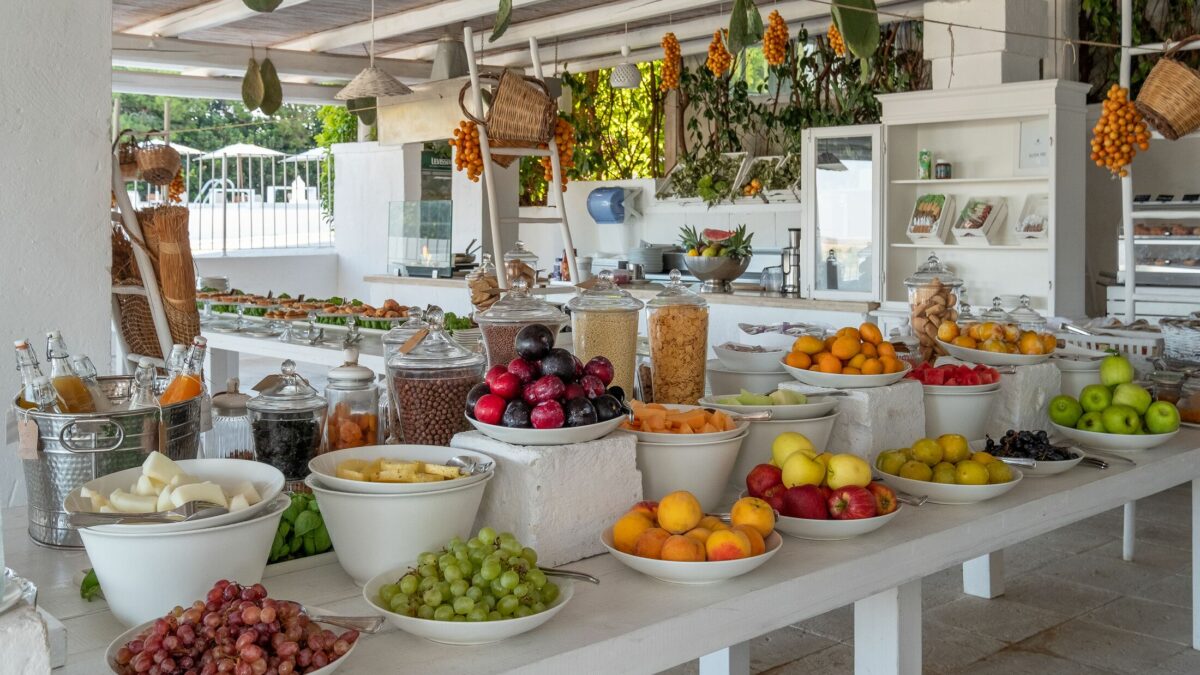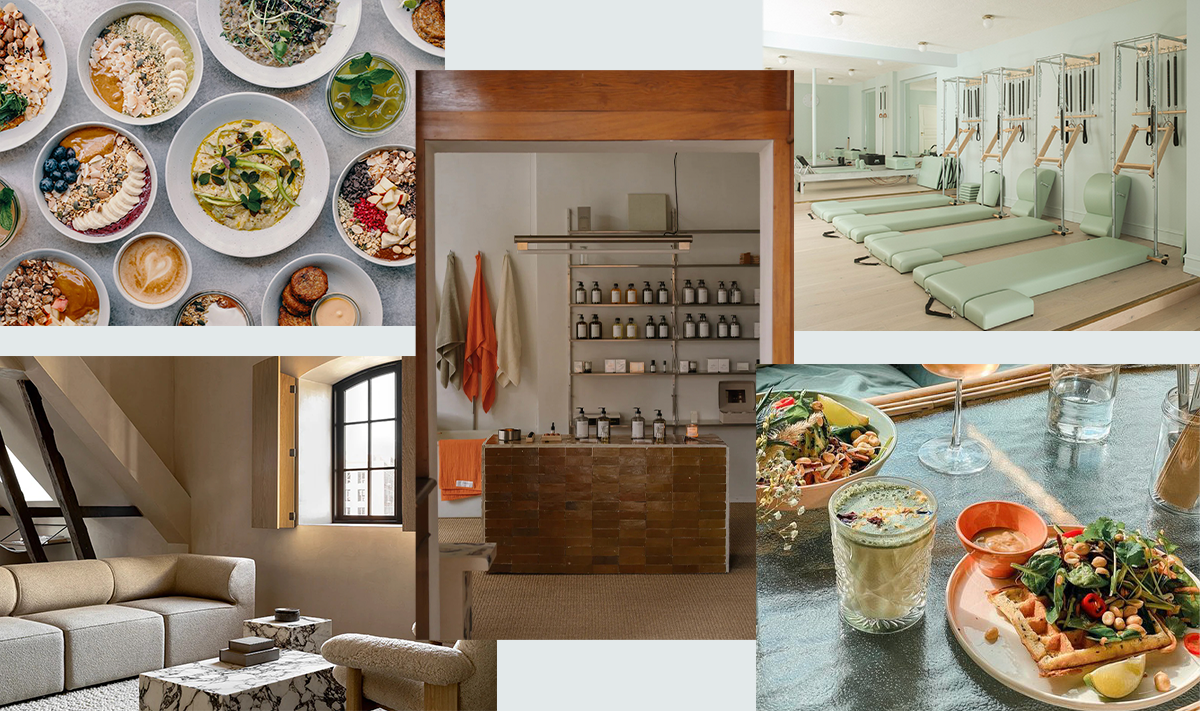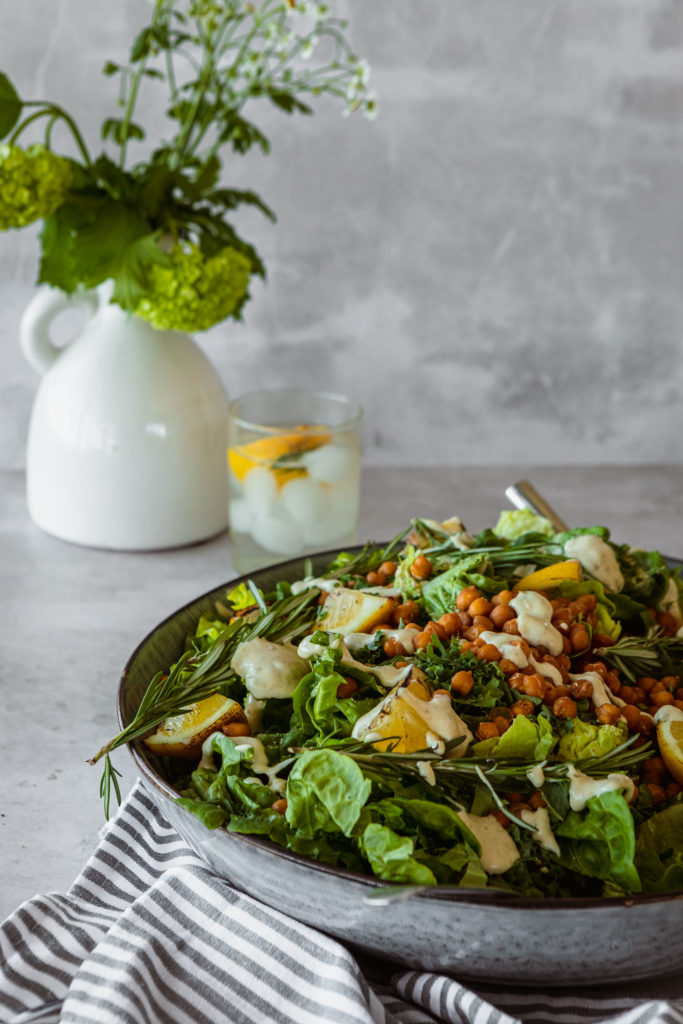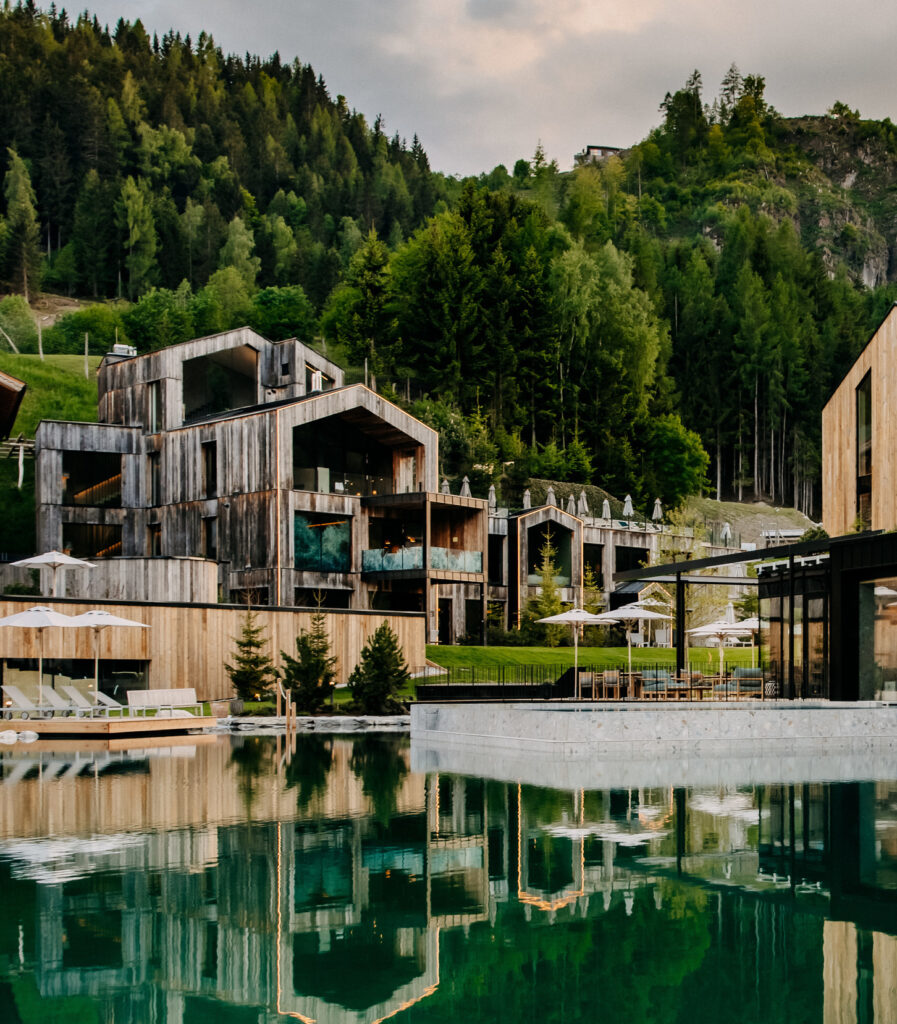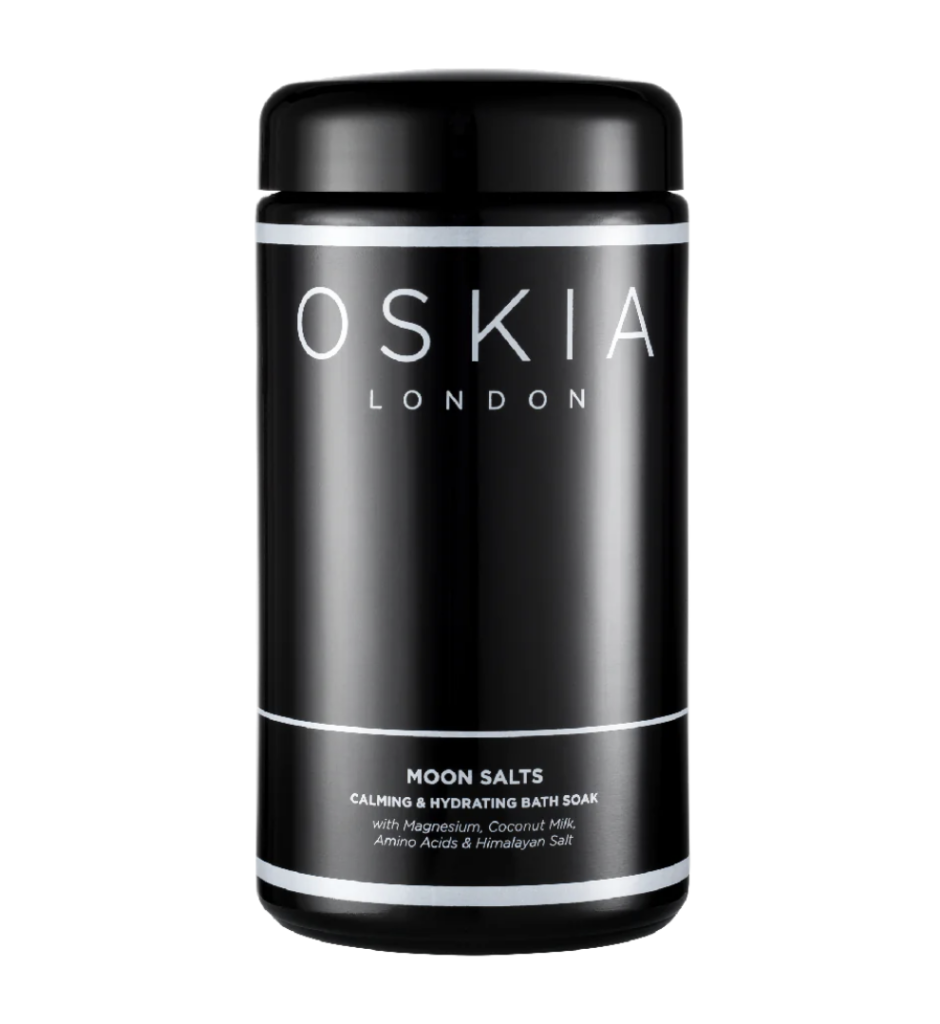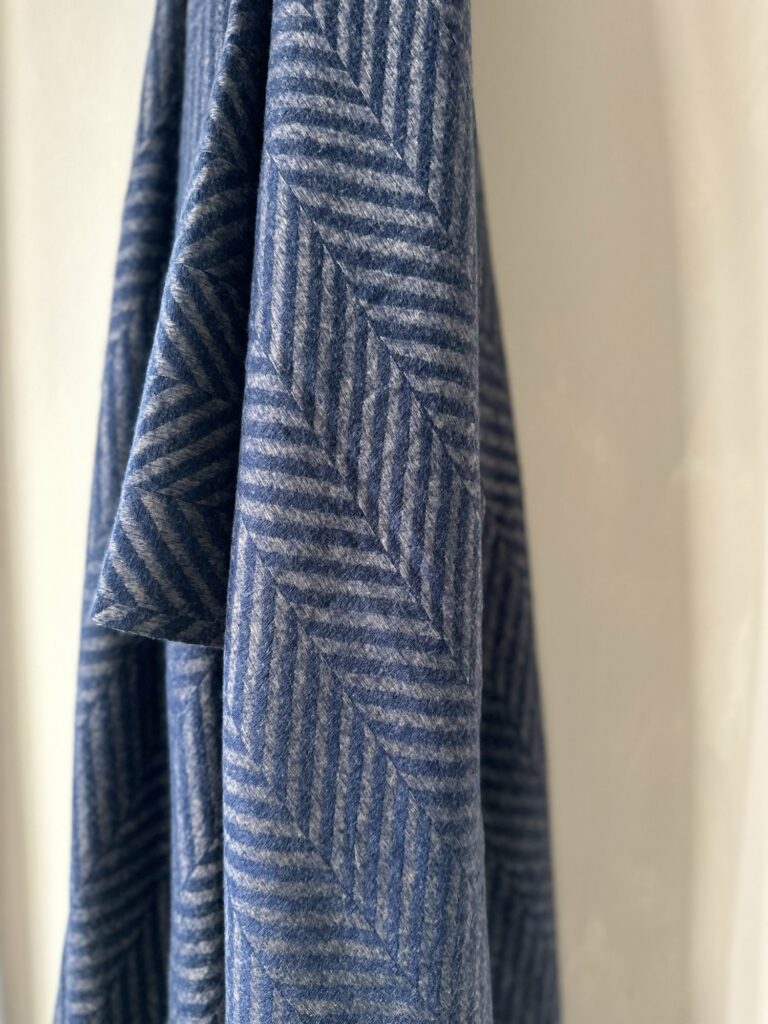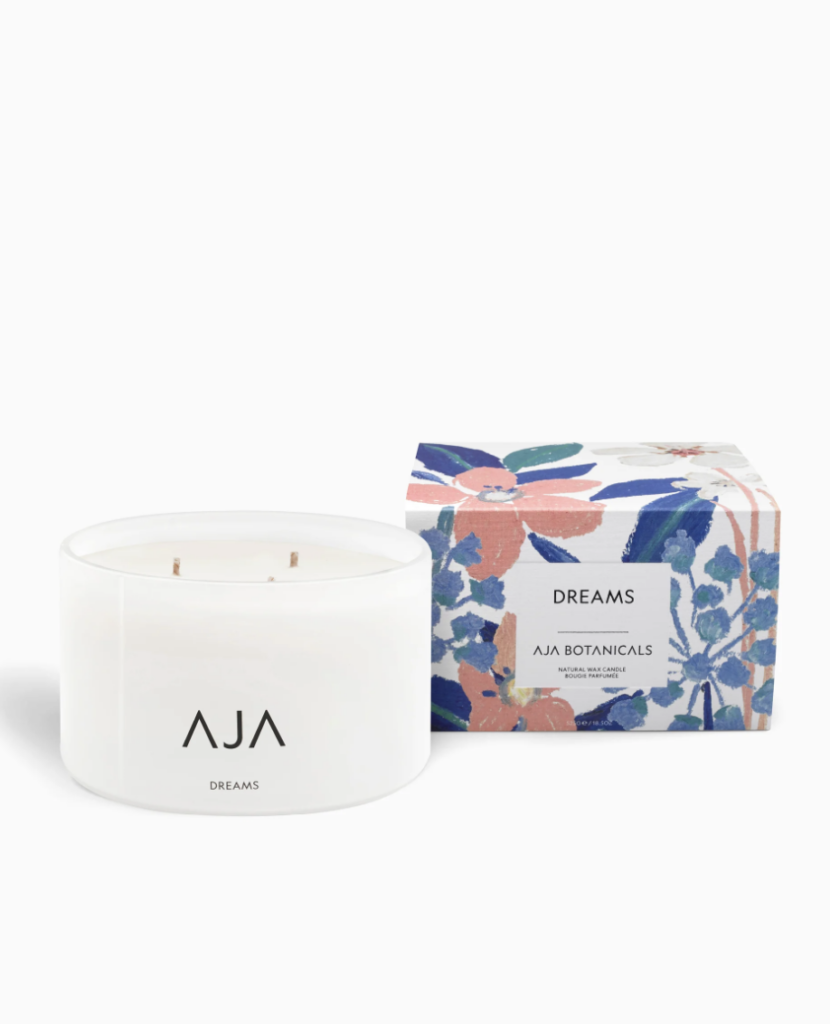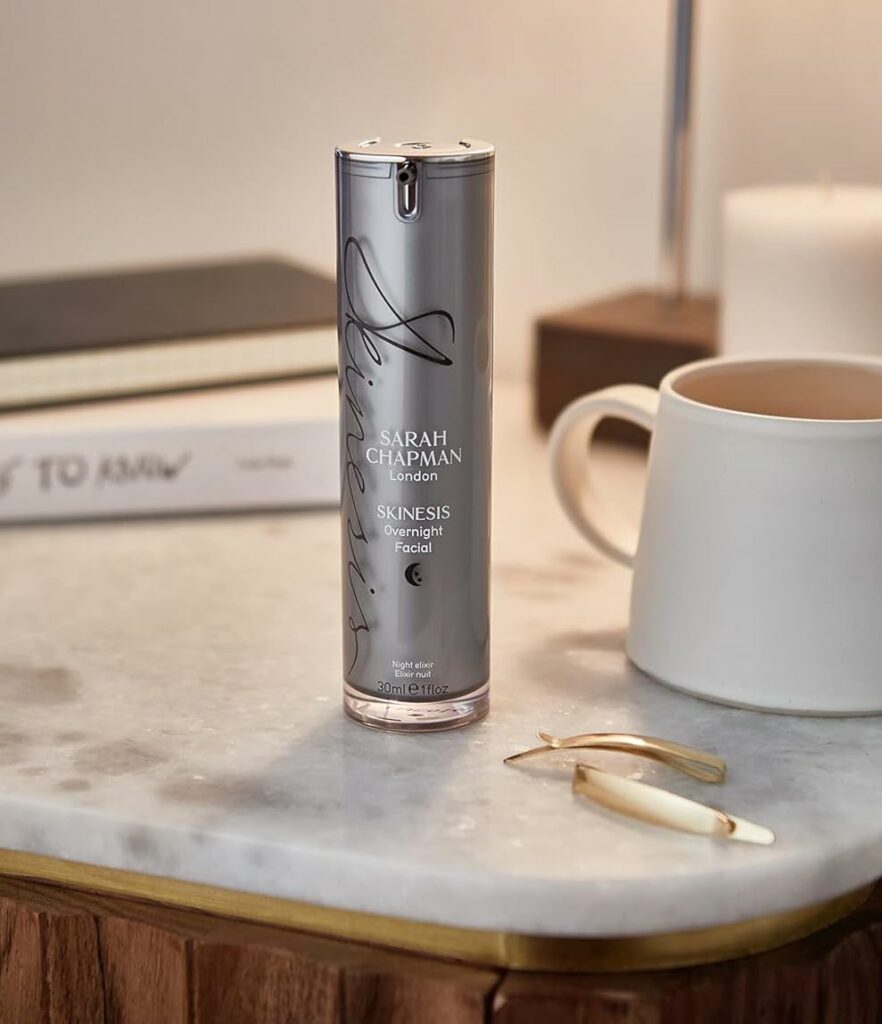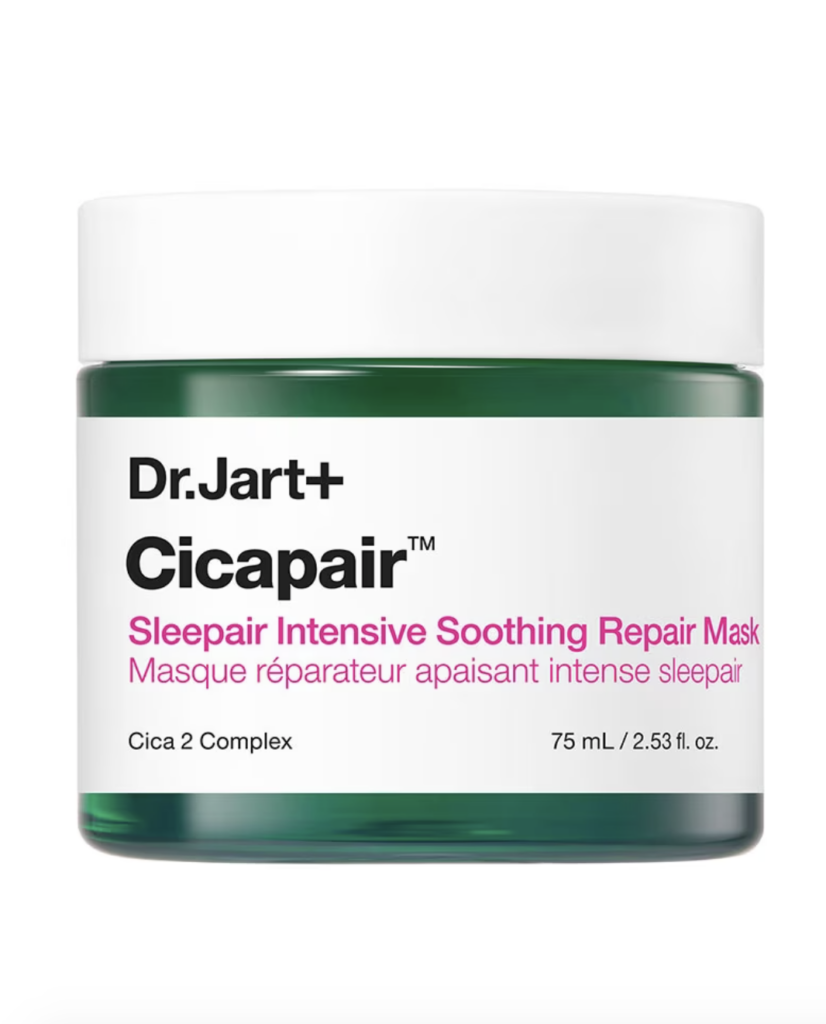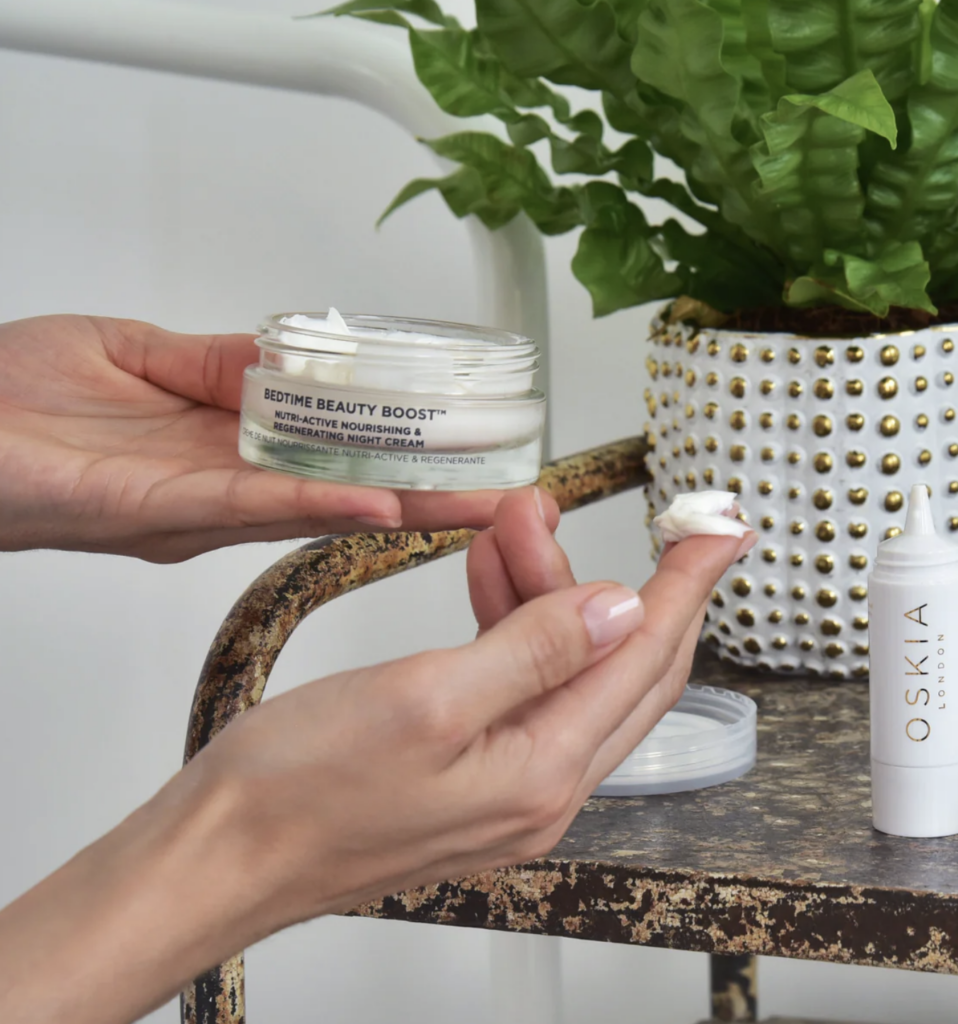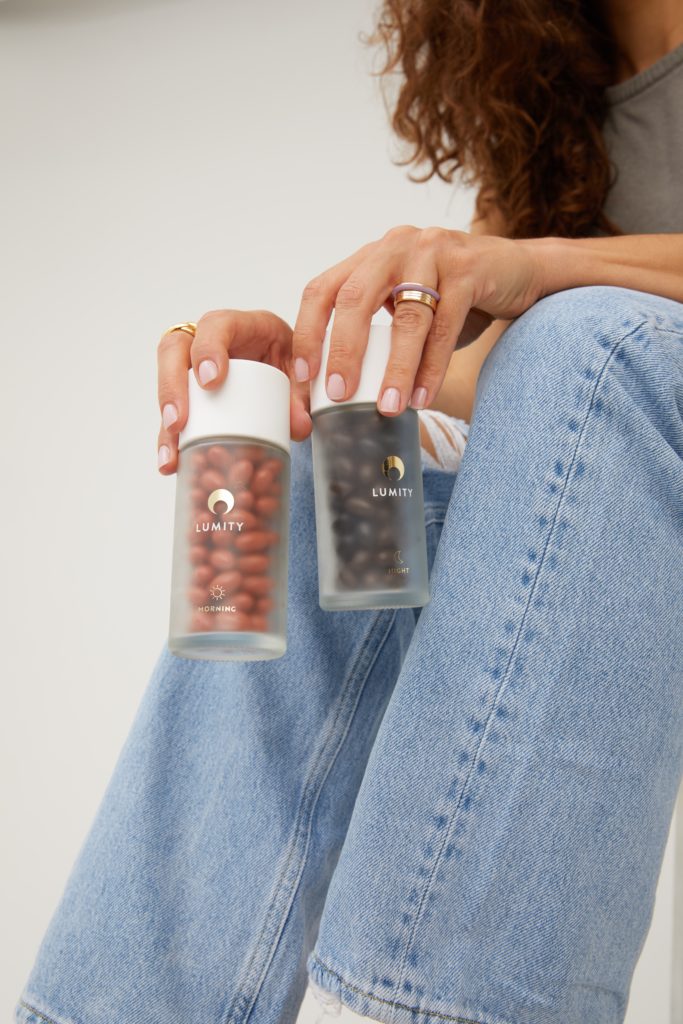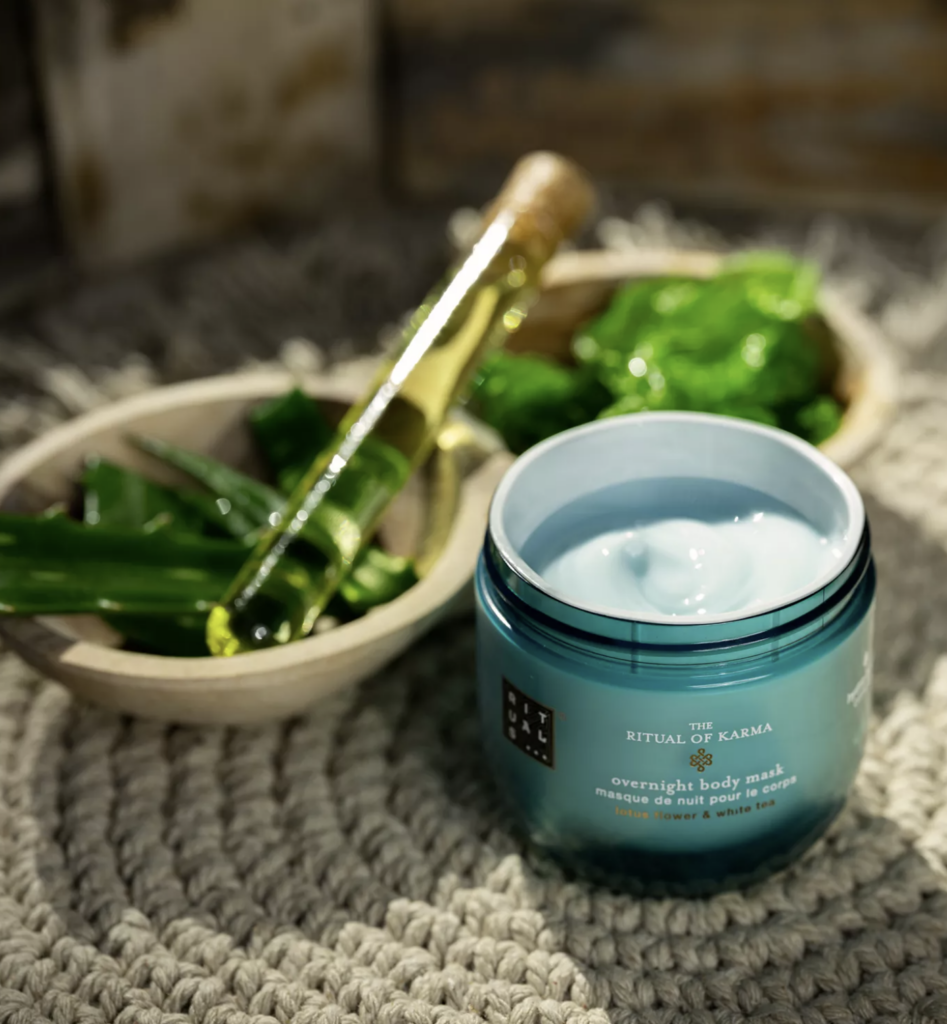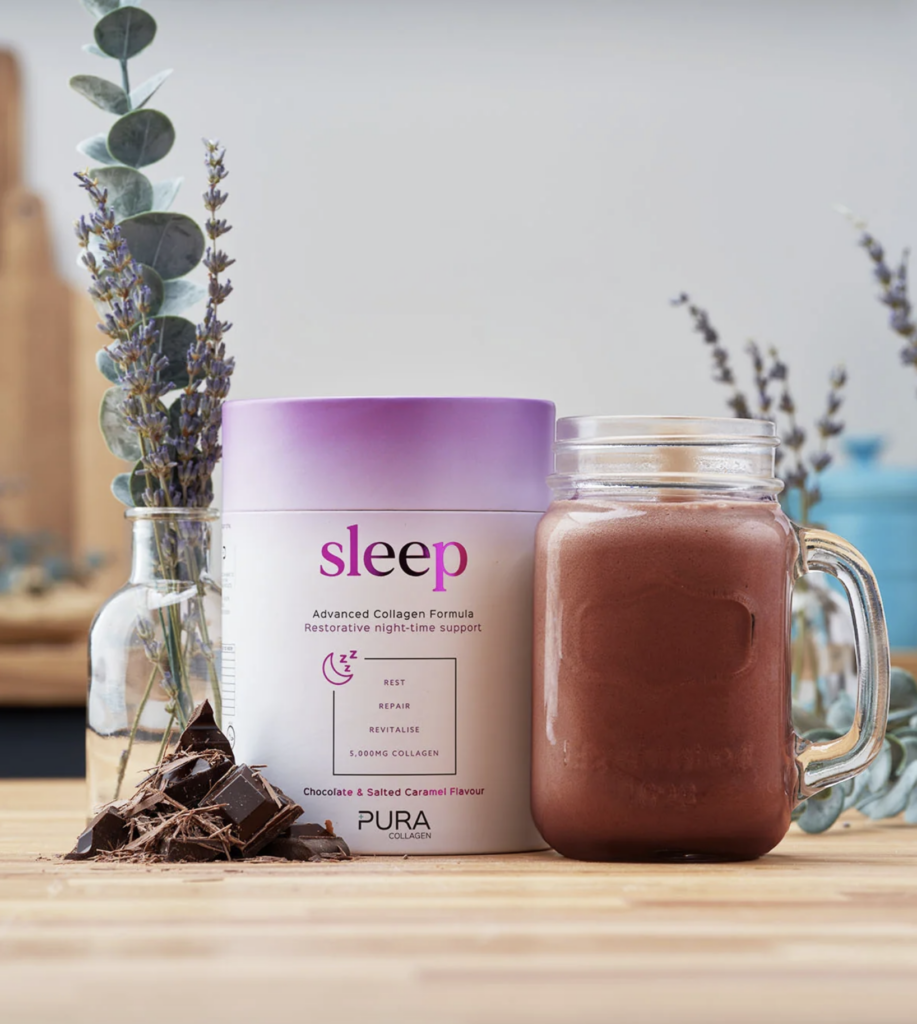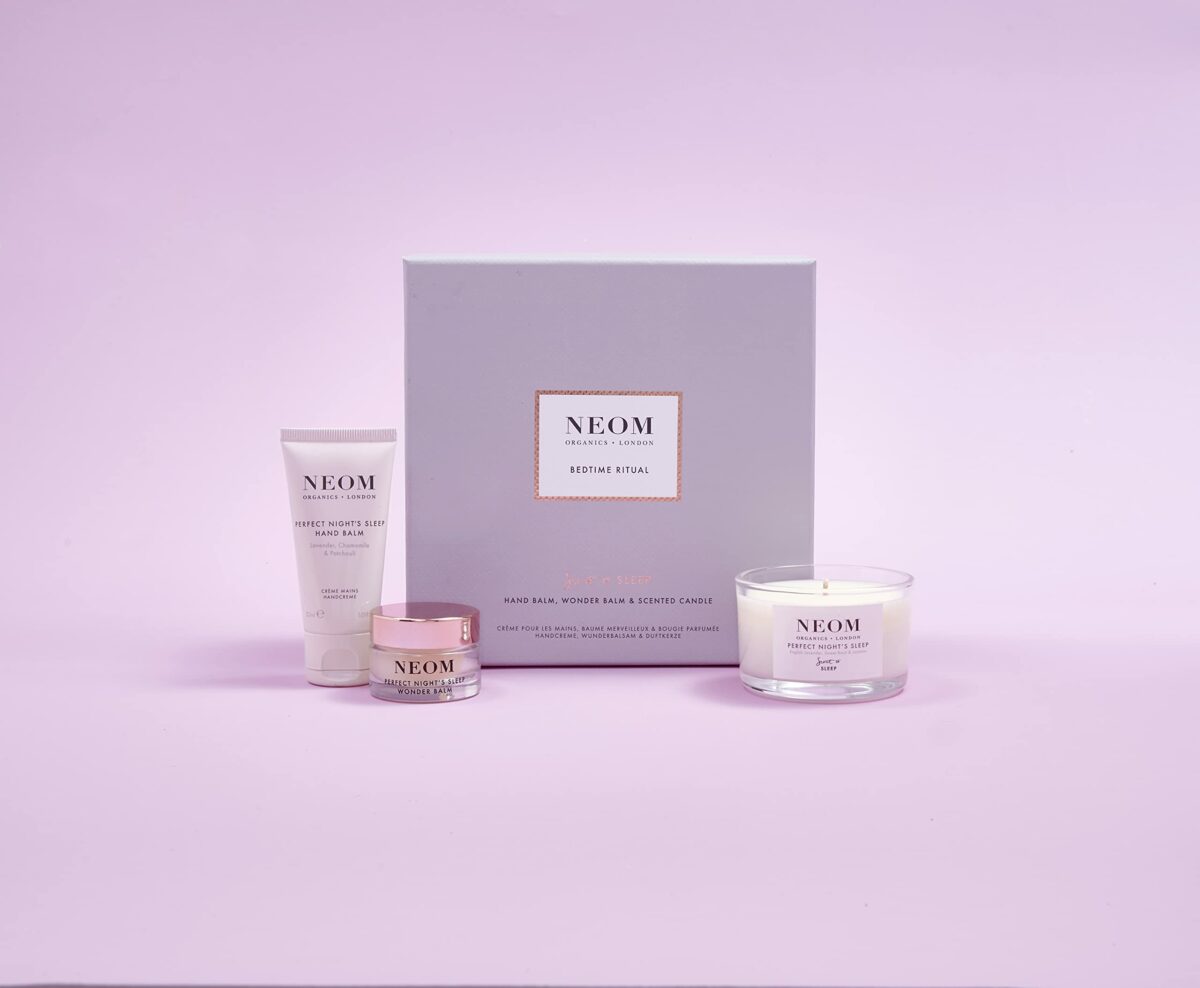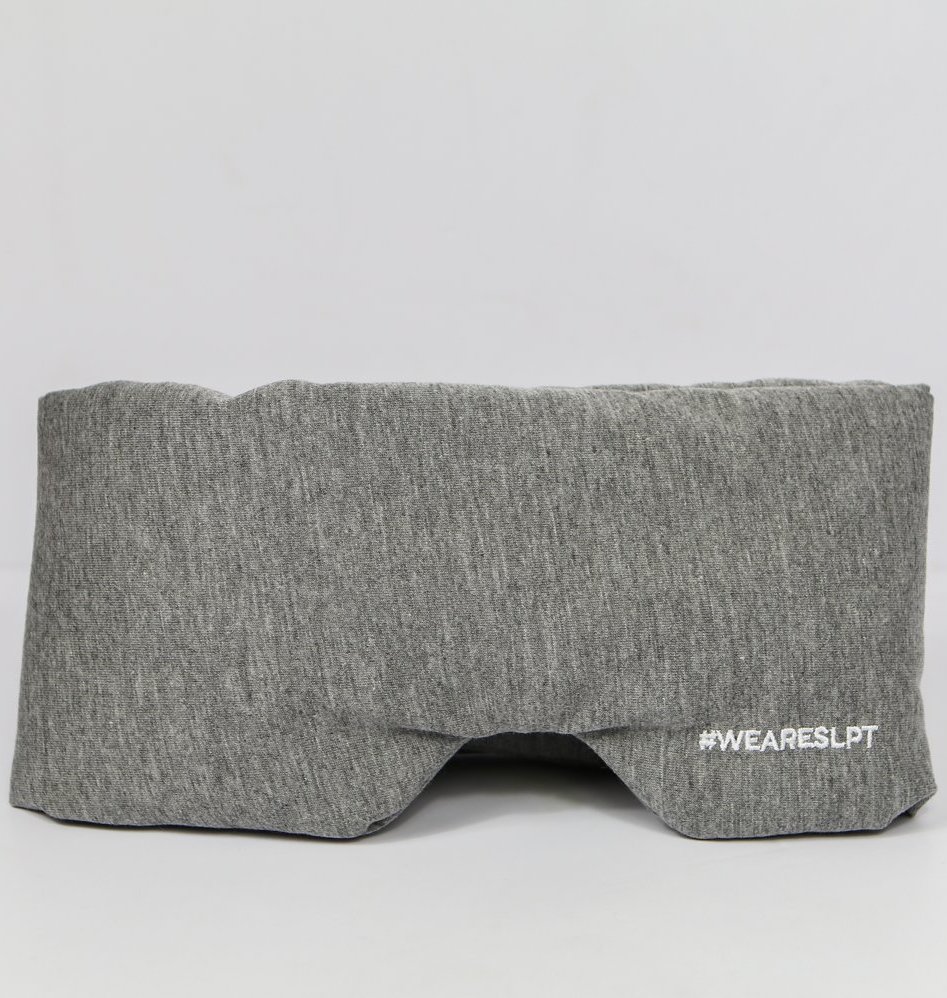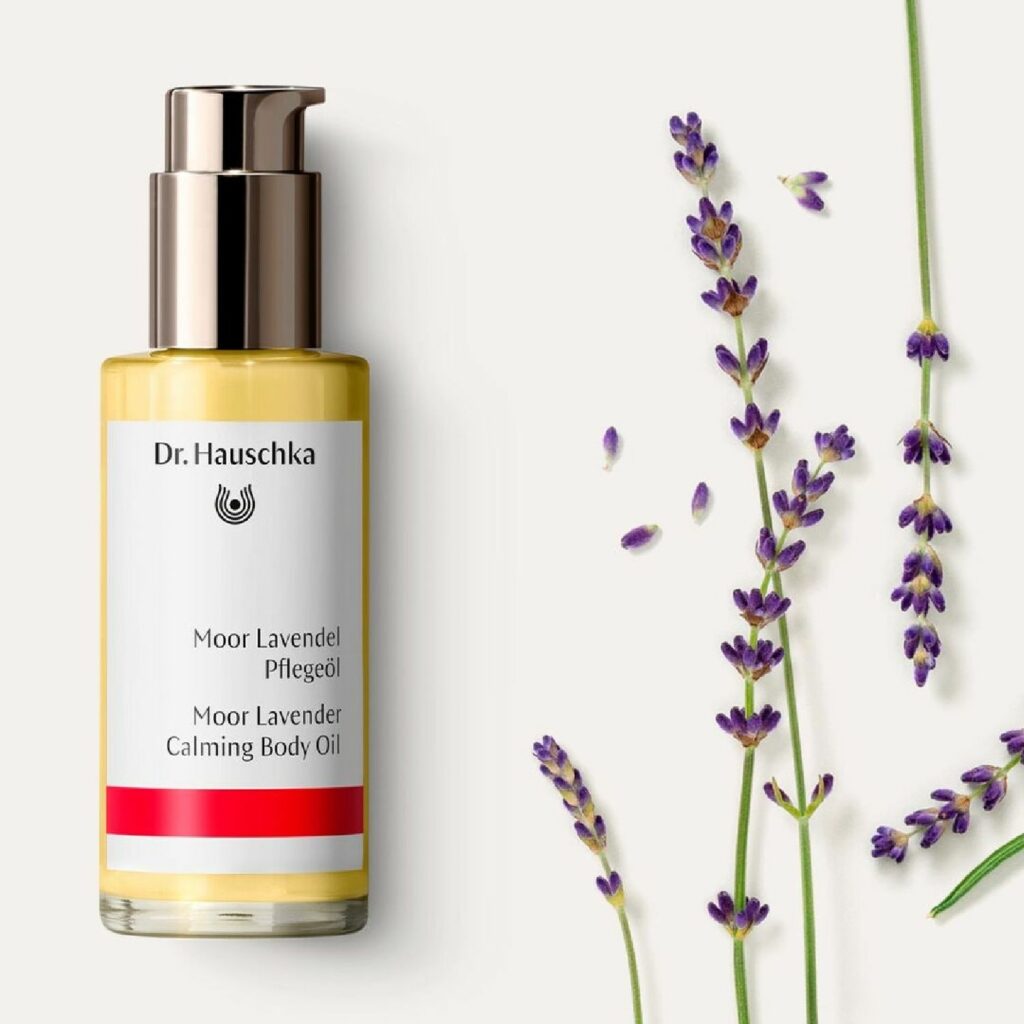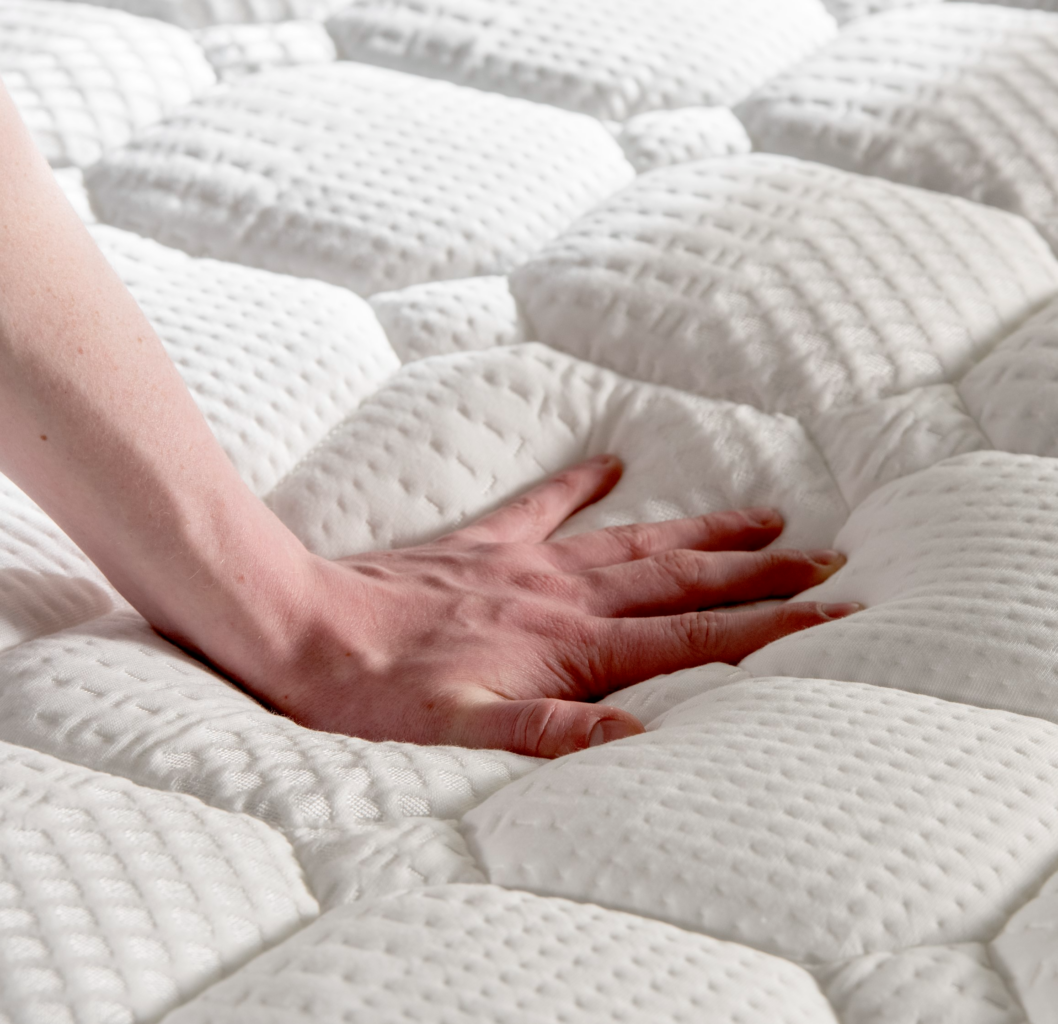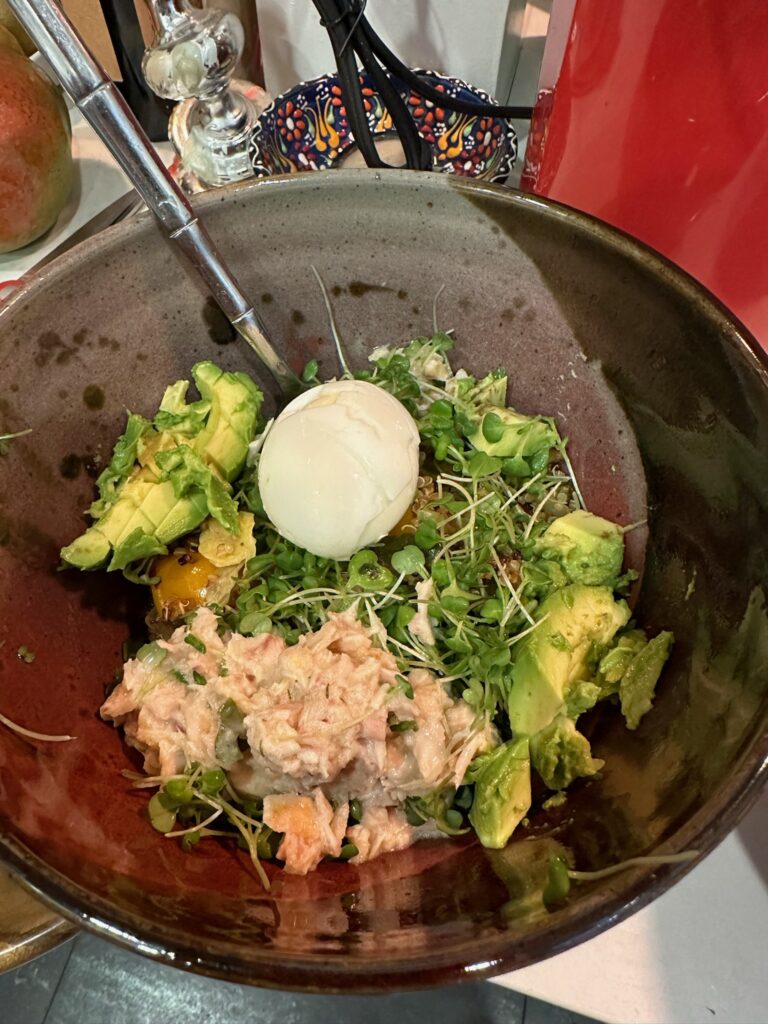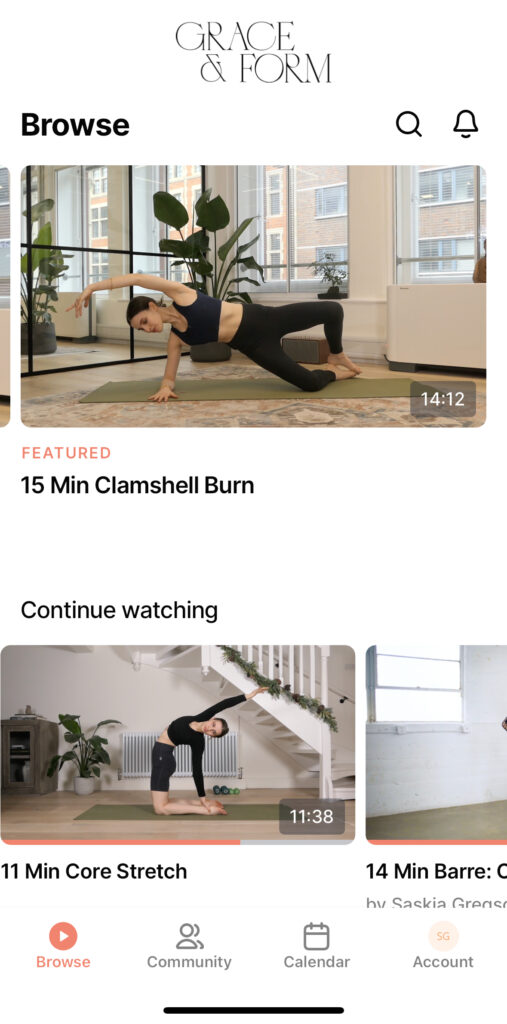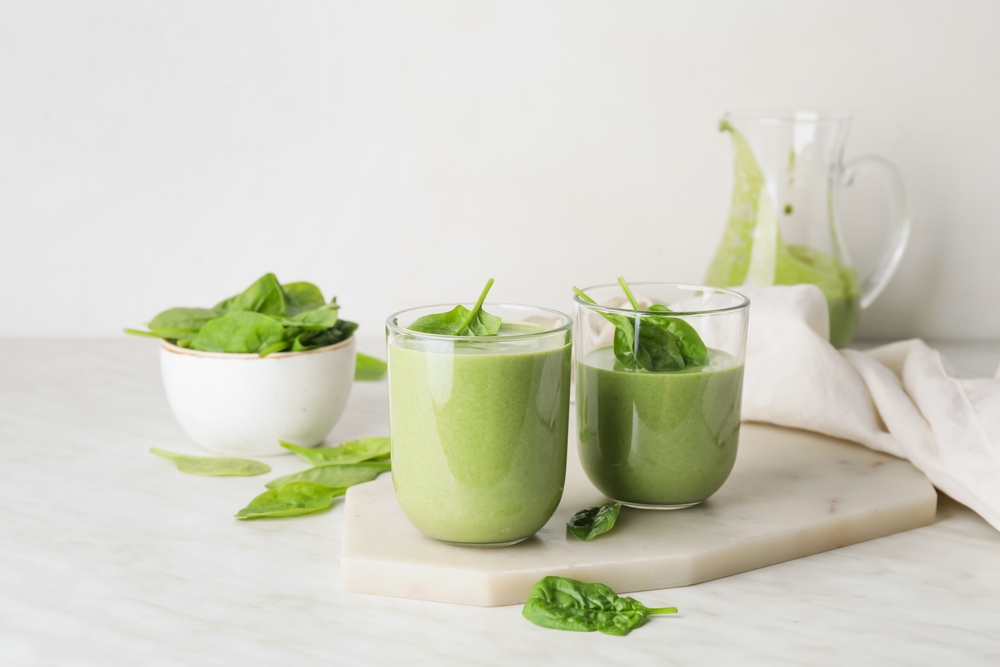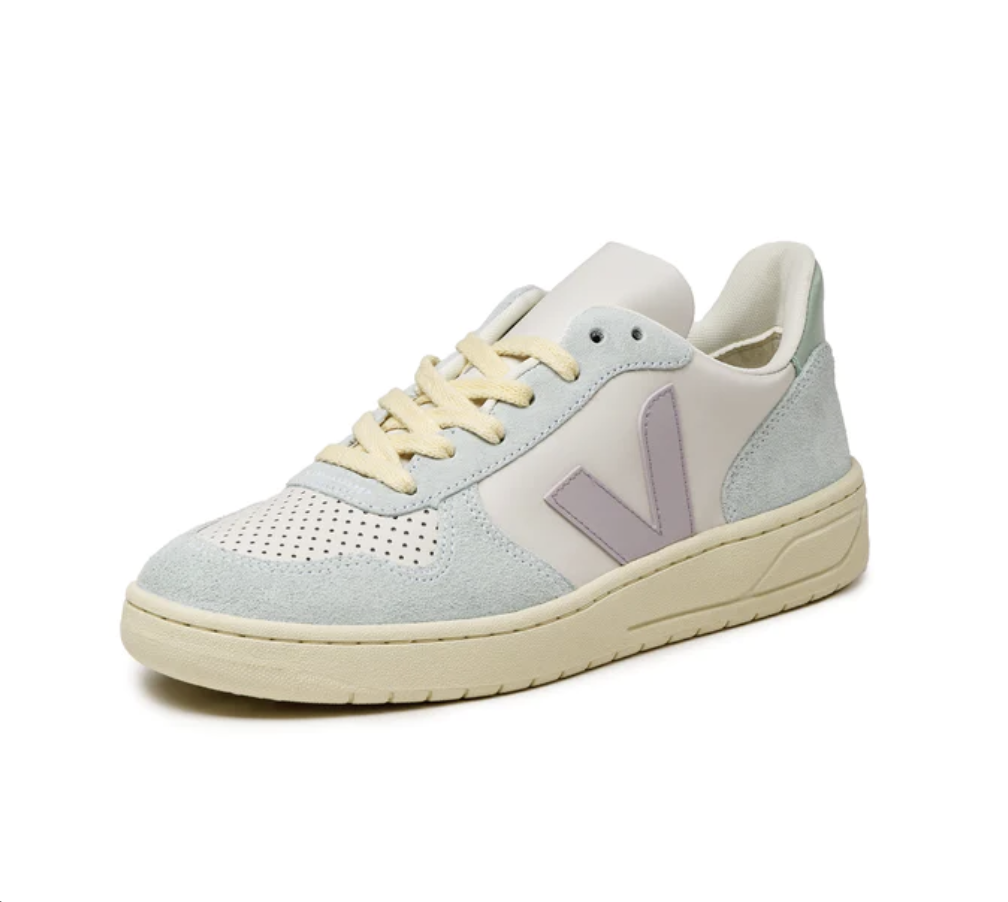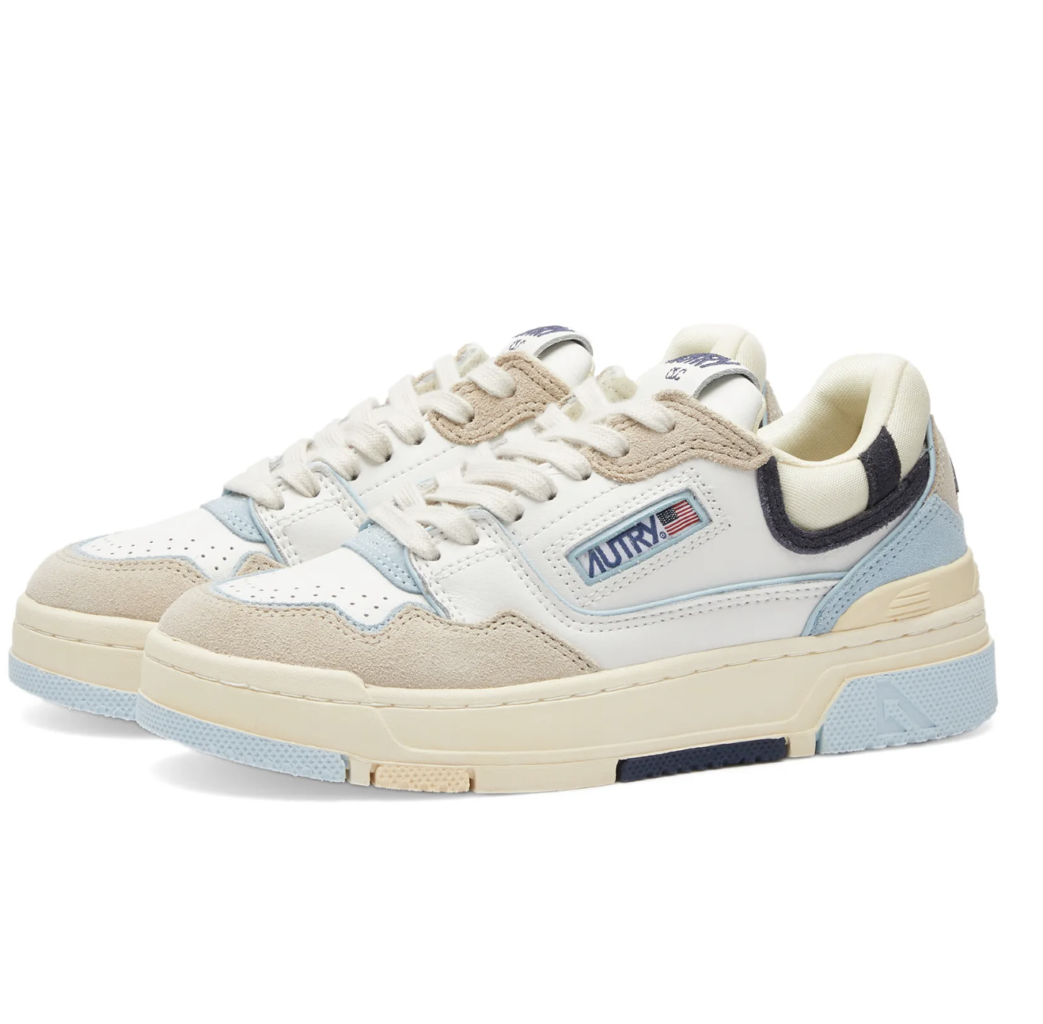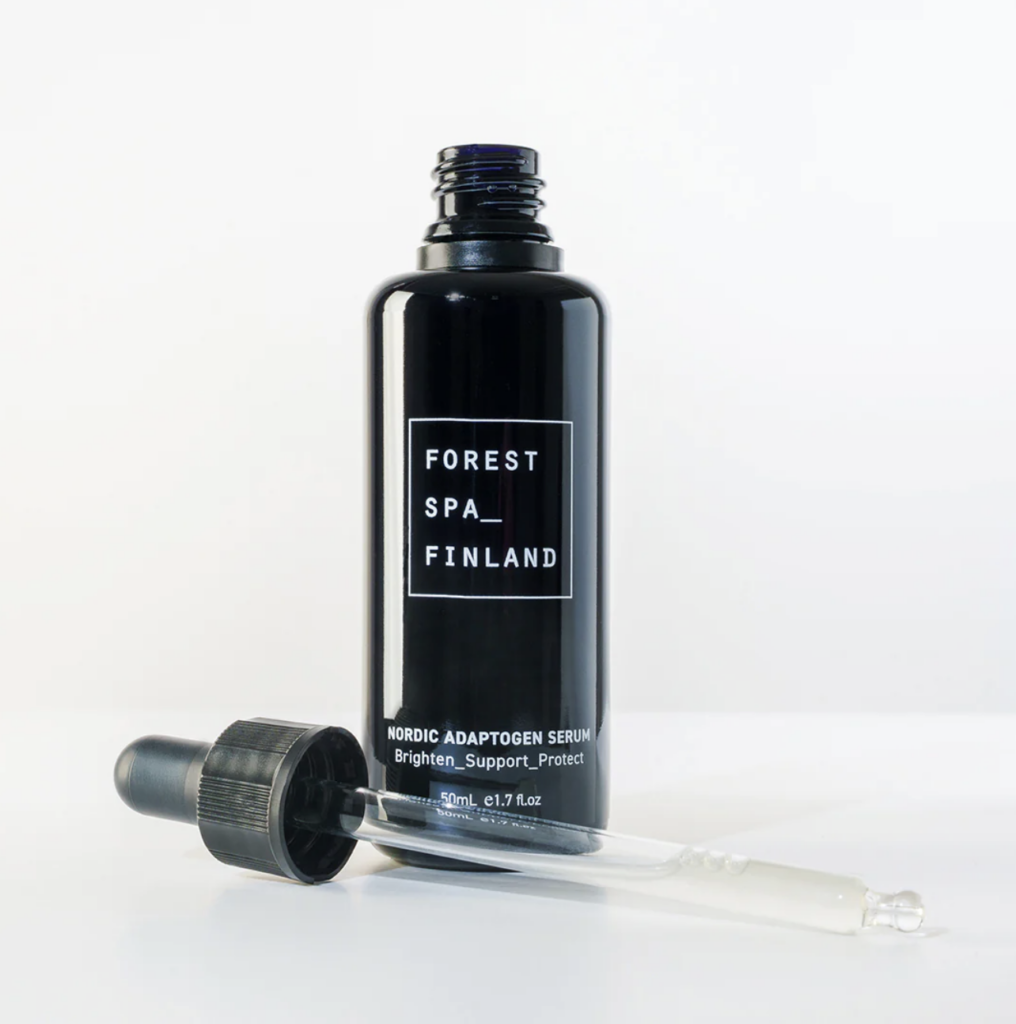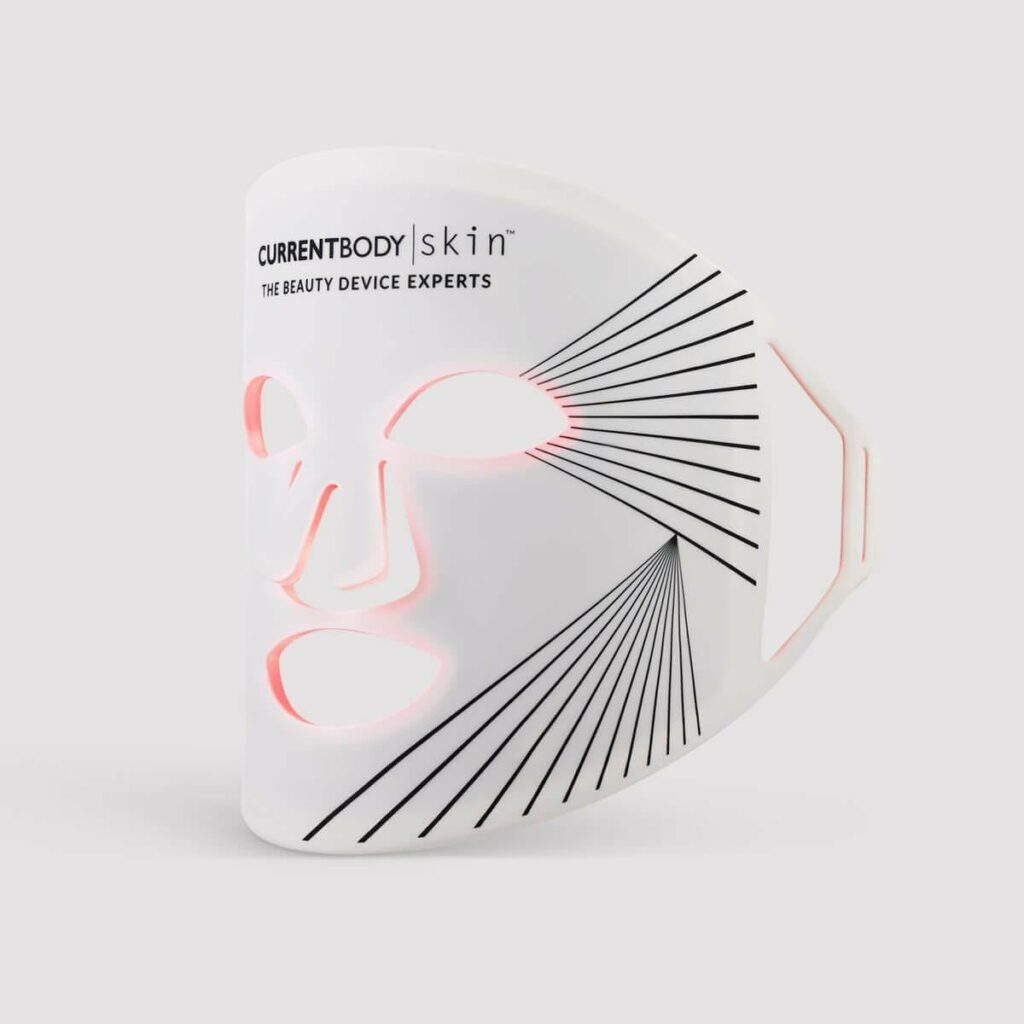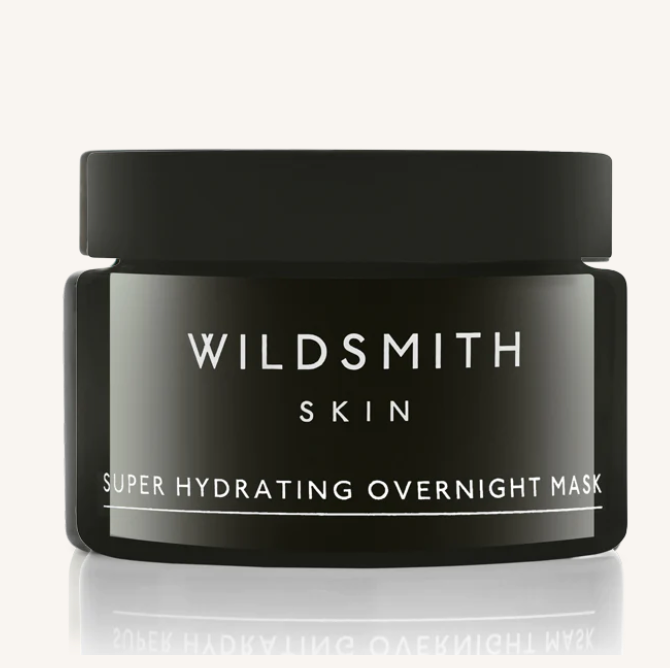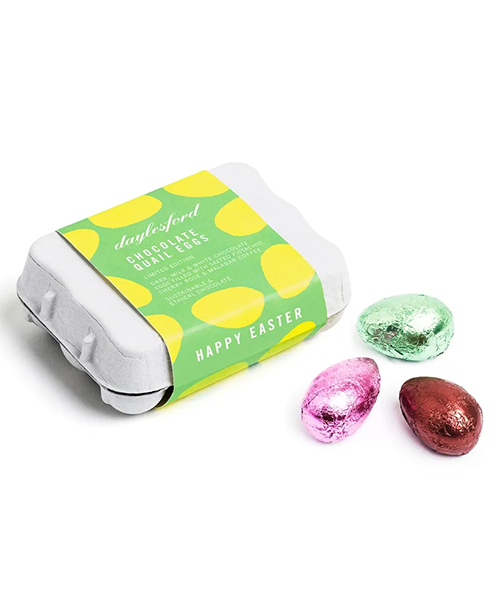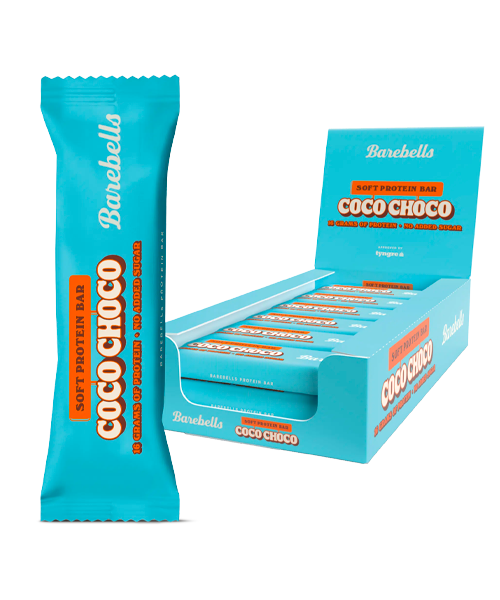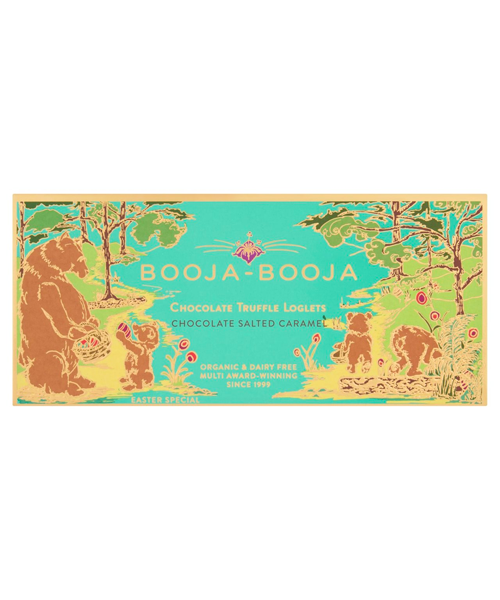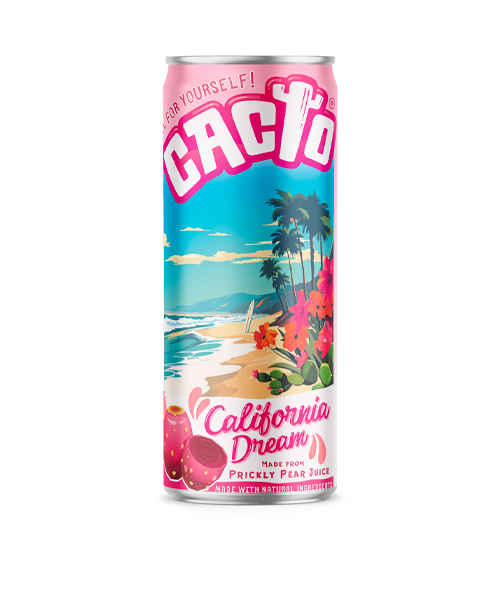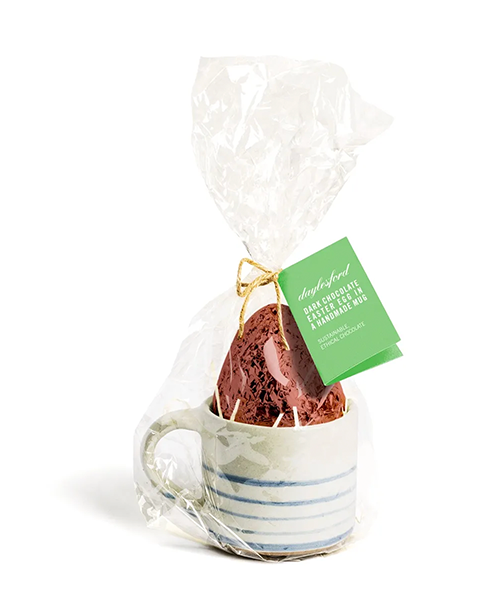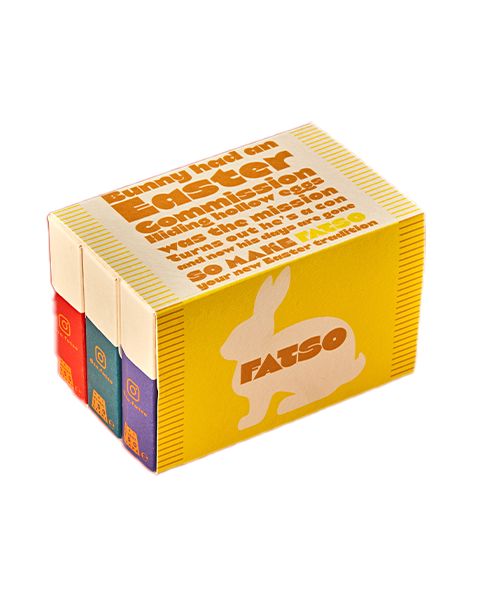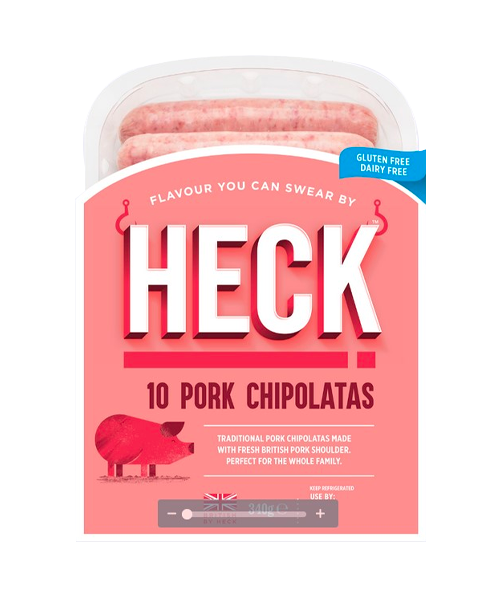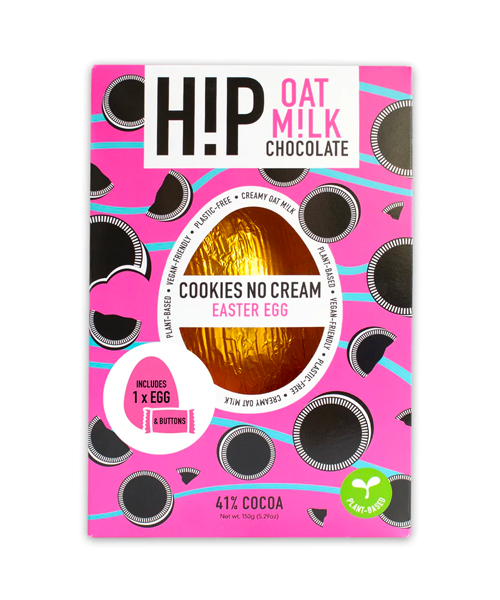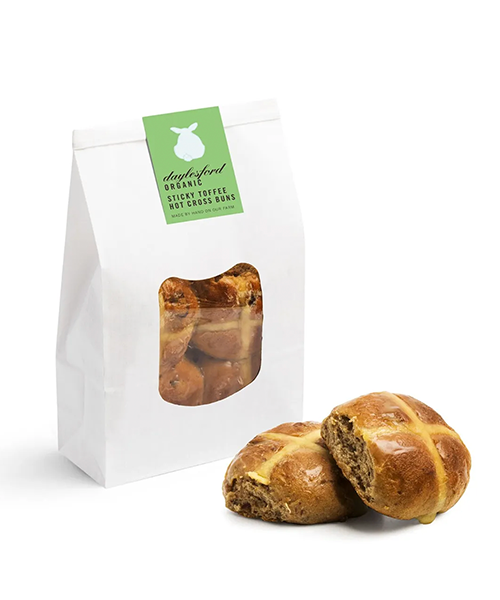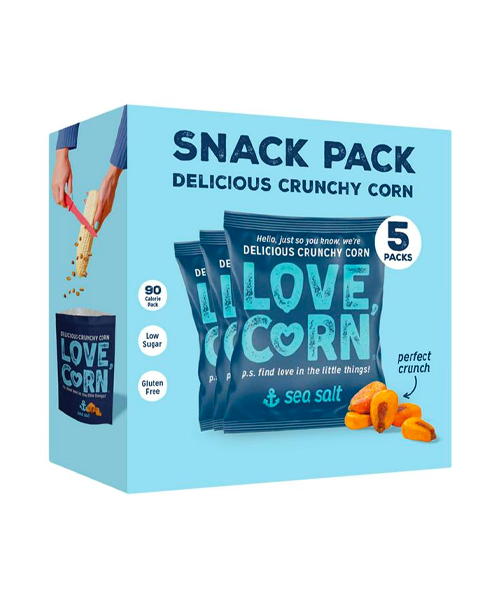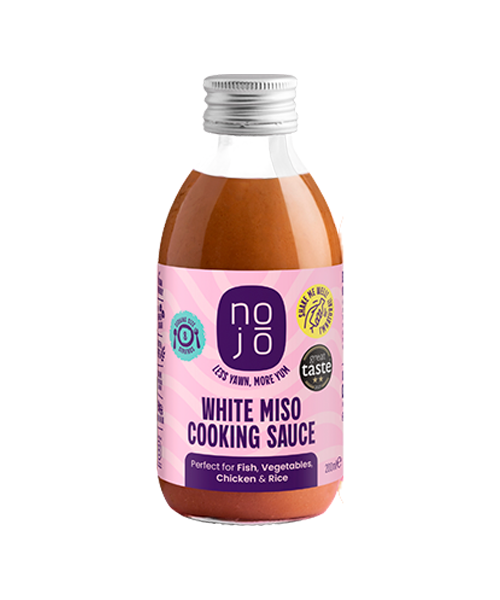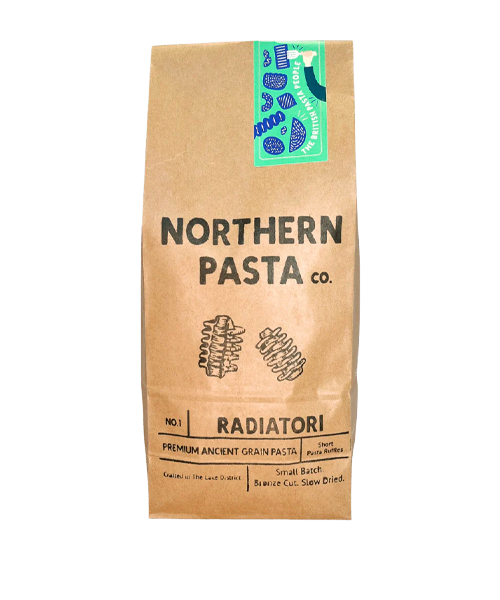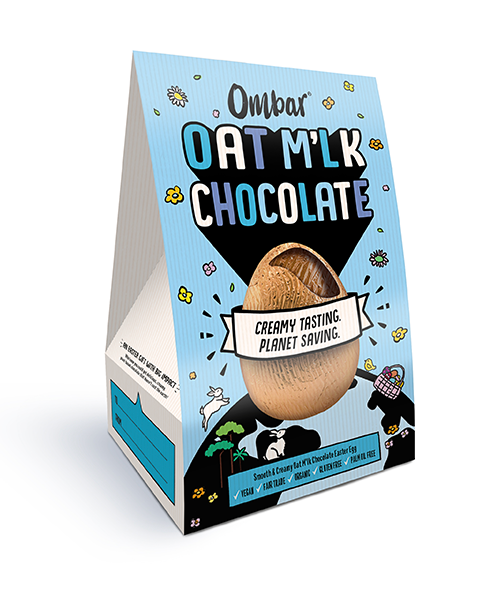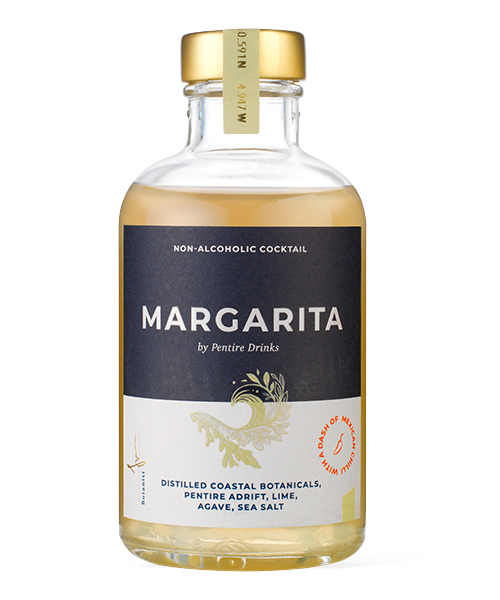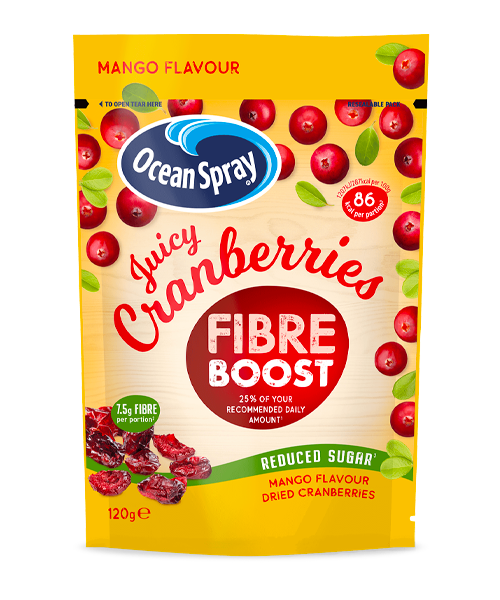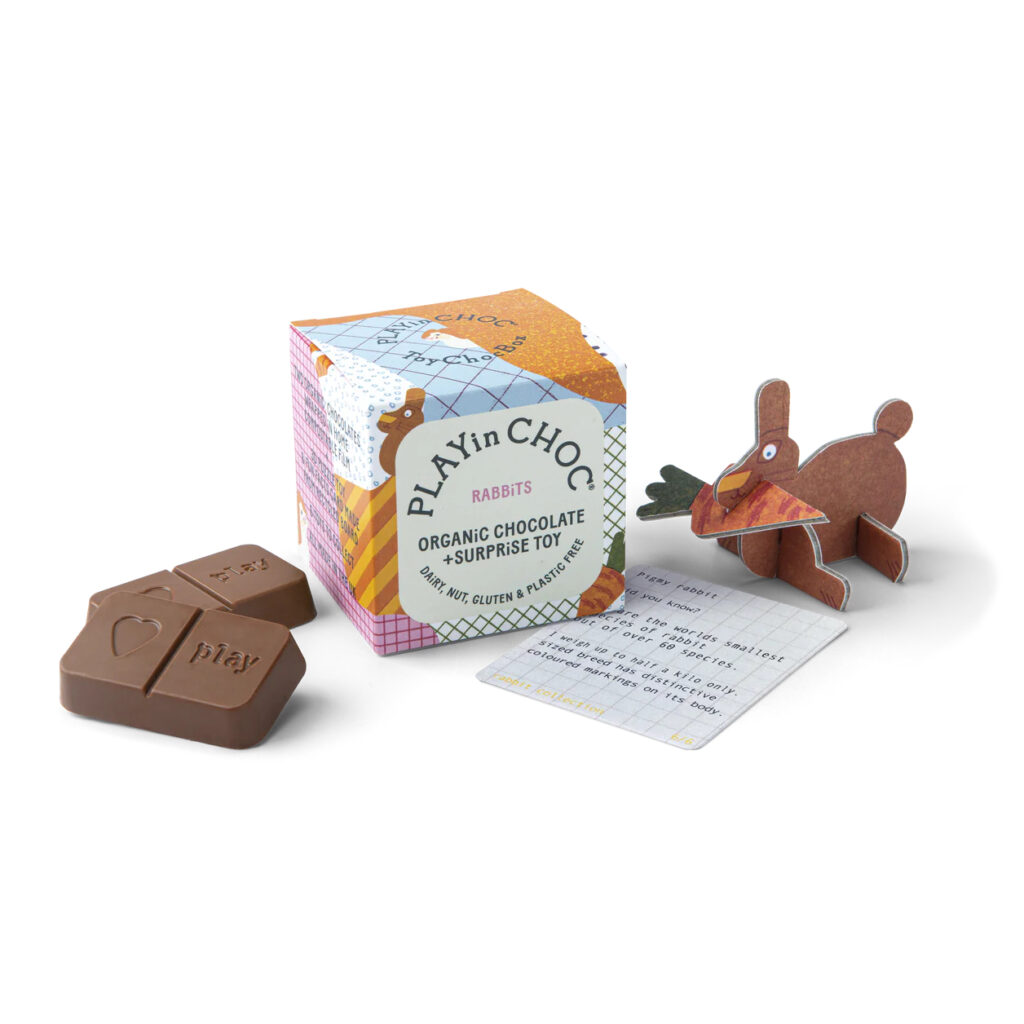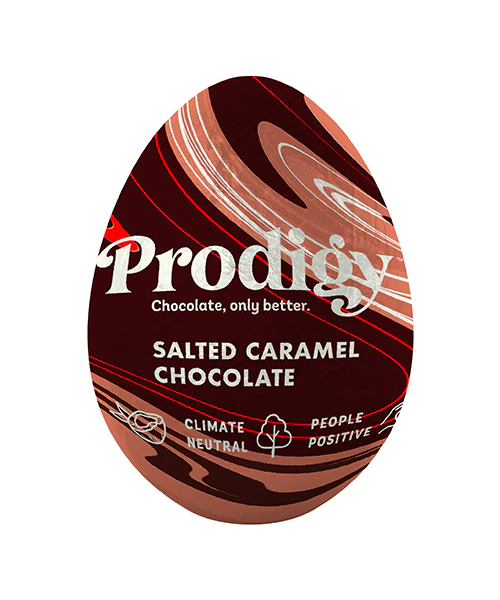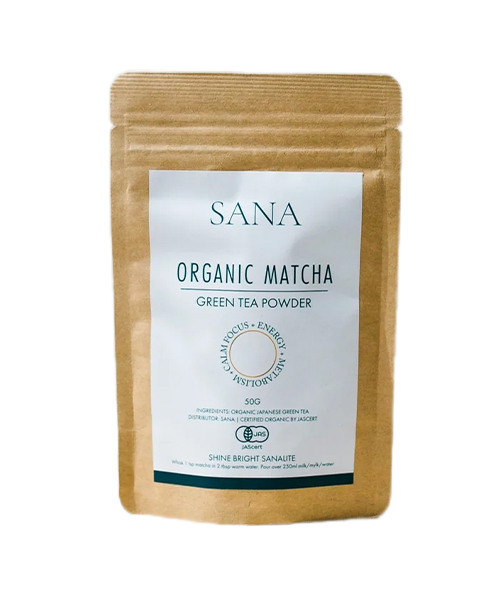The beauty world can be a daunting place, especially when it comes to finding serums, shampoos or foundations that actually work. But don’t panic, because we’ve done the hard work for you – scouring the shelves of our favourite beauty stores and the pages of our top e-tailers to determine the ultimate winners in the world of clean, natural beauty.
Hip & Healthy’s editors have been hard at work trialling and testing product after product to find everything from the top makeup must-haves to the best body care products, hottest hair heroes, amazing anti-agers, and more.
So, without further ado, meet 2024’s beauty awards winners.

Best For Sunless Tanning

Bare By Vogue Face Tanning Serum
Nothing perks your face quite like a tanning serum—a bold claim, yet for many, it stands as the ultimate beauty innovation. This hybrid formula combines skincare-grade components while giving a subtle bronzing effect, resulting in a supernatural glow…waking up looking sun-kissed never fails to make you feel fabulous!
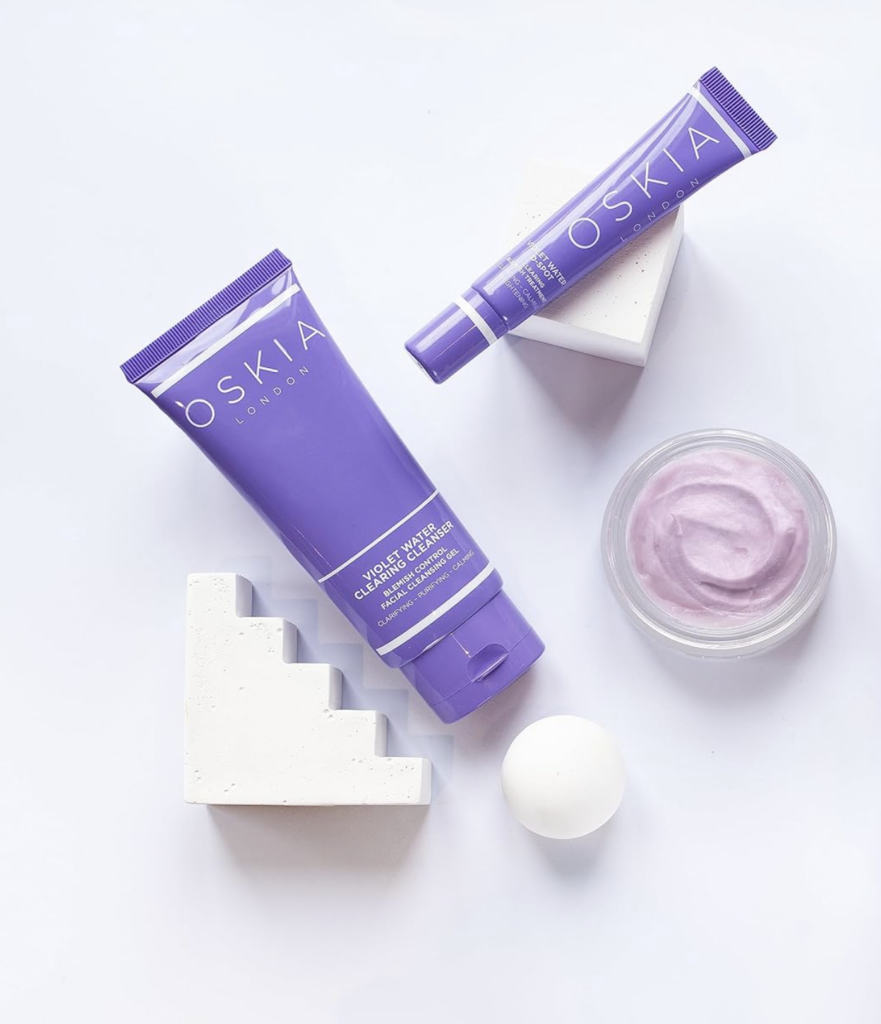
Best Blemish Buster

Tackling blemishes with all guns blazing, OSKIA’s Violet Water D-Spot works to clear as well as calm those angry, unwanted spots. The formula uses a natural Salicylic Acid derived from Violet Leaf Extract, the star ingredient to purify pores, alongside a potent Triple Colloidal Complex of Sulphur-Silver-Oats, Zinc, Vitamin C, Gotu Kola, Bisabolol, Prebiotics and Bakuchiol which miraculously calms inflamed blemishes.
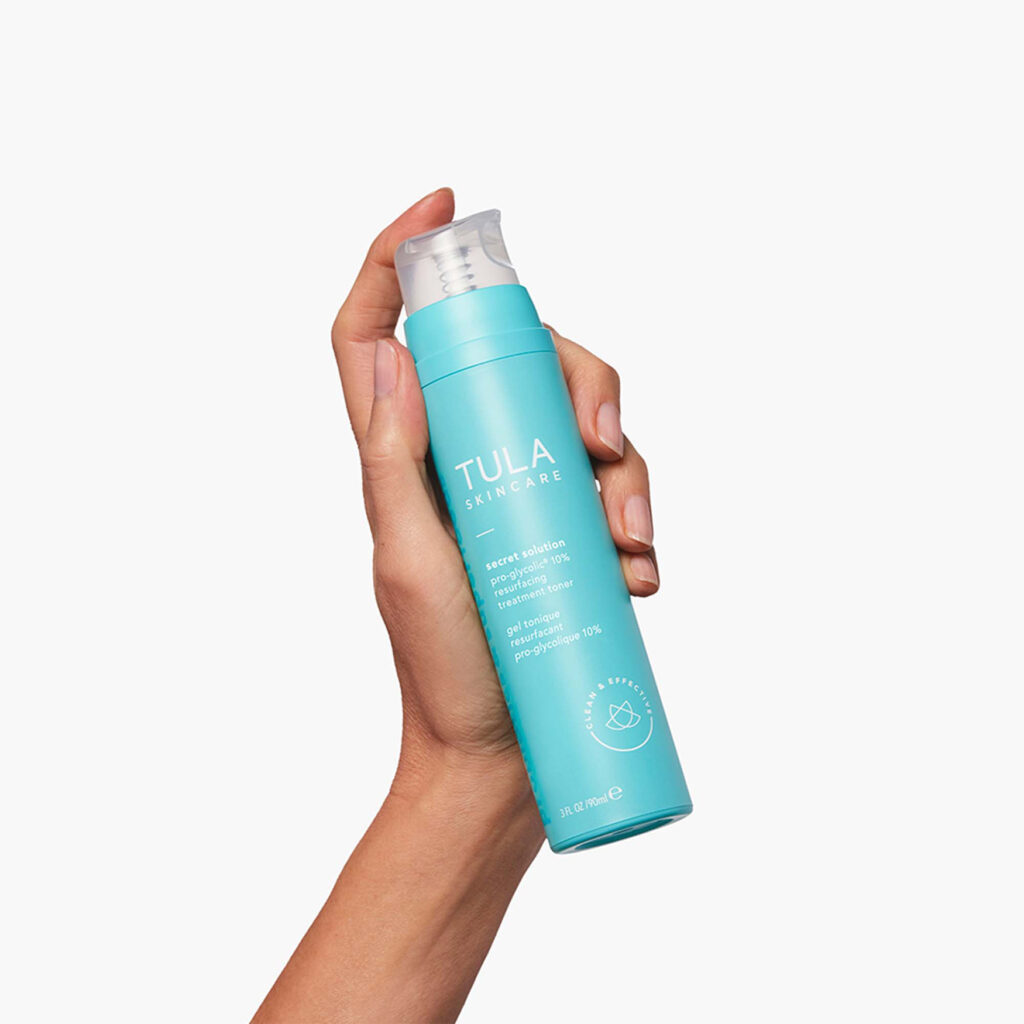
Best for Oily Skin

We’ve been watching US beauty gurus harp on about the wonders of TULA for years, so when they announced their arrival to the UK, we were eager to test it out and it did not disappoint. The Skincare Secret Solution Pro-Glycolic 10% Resurfacing Toner effectively works to balance the skin’s pH, with so many beauty buzzword ingredients thrown in the mix, glycolic acid, snow mushroom and hyaluronic acid to name a few, this toner does wonders for your skin’s texture.
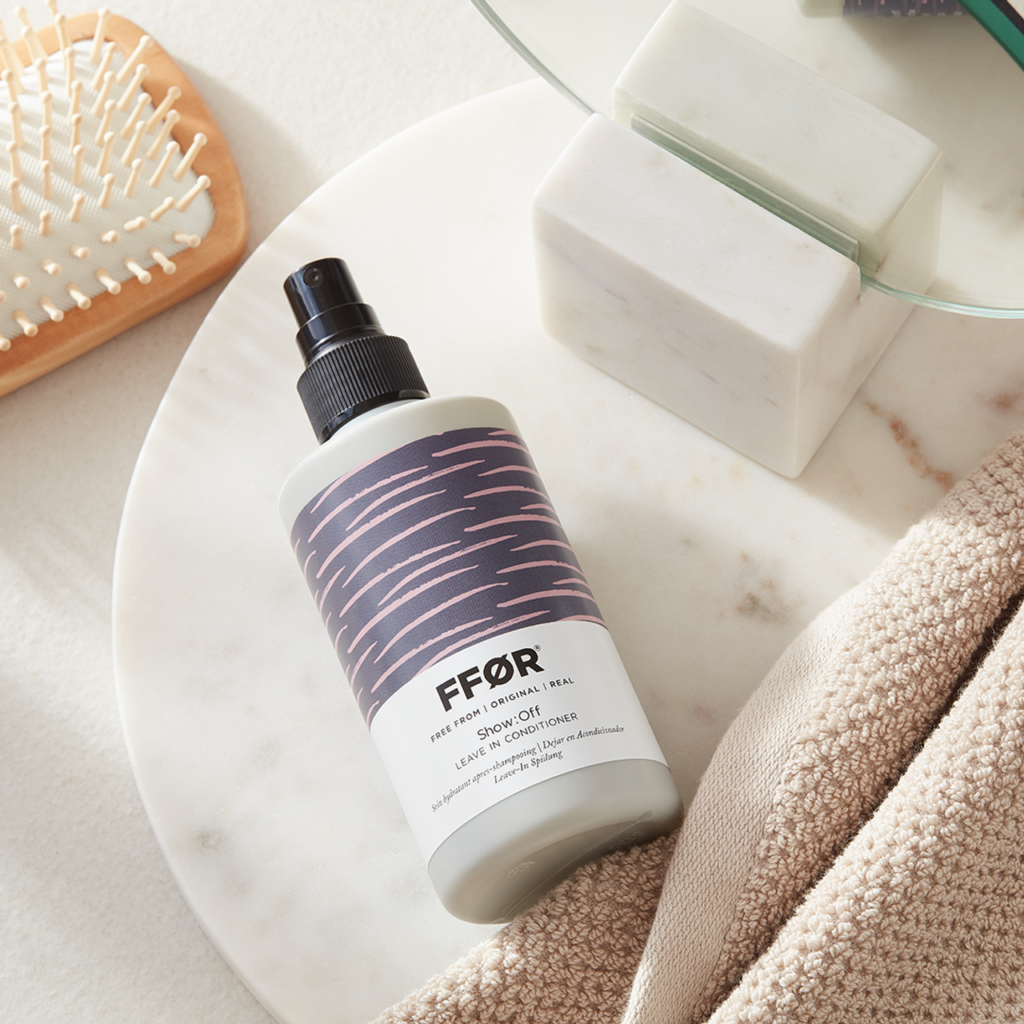
Best Hair Product

FFOR’s hair products boast a unique blend of premium ingredients that not only enhance hair’s natural shine and vitality but also provide long-lasting nourishment, making them a must-have for anyone seeking salon-quality results at home.

Best Hand Cream

Rituals The Ritual of Ayurveda Recovery Hand Balm is a luxurious hand treatment with a rich formula that deeply hydrates and softens hands while leaving behind a delicate fragrance that lingers throughout the day. This makes it the perfect companion for moments of self-care and relaxation.
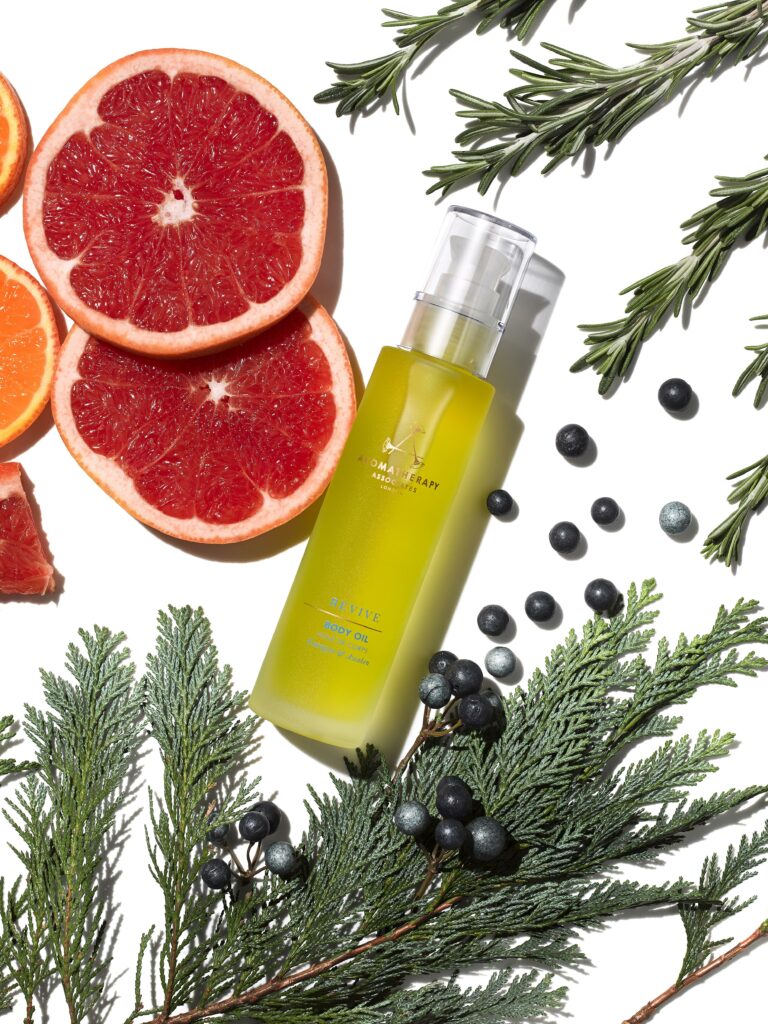
Best Body Product

Aromatherapy Associates’ sumptuous selection of body oils and creams offers a sensorial experience like no other, enveloping the skin in a cocoon of moisture and aromatic bliss. Thanks to their carefully curated blend of essential oils their products not only hydrate deeply but also promote a sense of well-being and tranquillity with each application.

Best For Sensitive Skin

Organic Pharmacy offer gentle yet effective solutions for those with delicate skin. Their soothing formulas calm irritation and redness while delivering nourishing botanicals that restore balance and hydration, making their hero products like the Carrot Butter Cleanser an essential staple in any skincare routine tailored to sensitive skin needs.

Best Lip Balm

Rituals’ Lip Balm is a decadent treat for the lips, providing intense hydration and protection against dryness. With its buttery formula infused with nourishing ingredients, it ensures lips stay soft, supple, and kissably smooth all day long.

Best Face Mask

TULA’s Instant Skin Reviving Mask is a skincare saviour, as its potent blend of probiotics and superfoods works to detoxify, brighten, and revitalize the complexion, leaving skin looking refreshed, radiant, and positively glowing after each use.
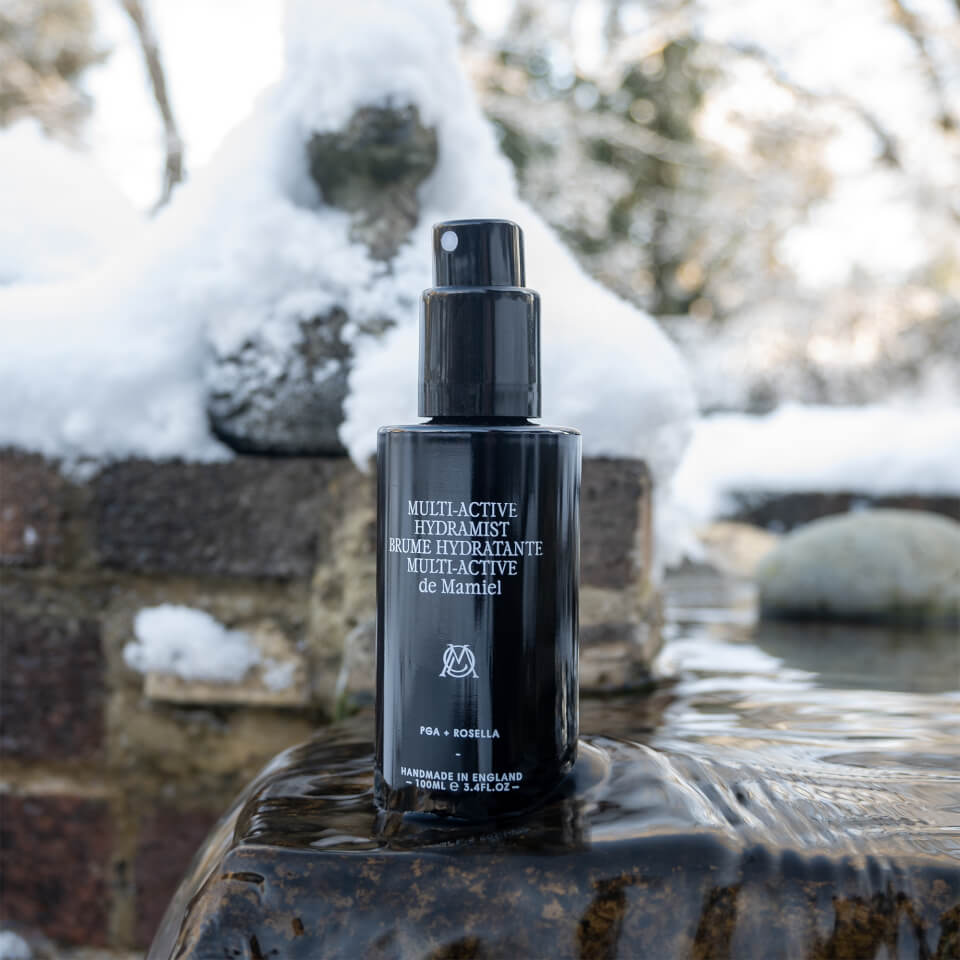
Best Facial Mist

de Mamiel’s Multi-active Hydramist adds a refreshing burst of hydration and nutrients for the skin, as its fine mist envelops the complexion, delivering a cocktail of botanical extracts and antioxidants that instantly revive and rejuvenate tired, dull skin, leaving it dewy, luminous, and revitalised.
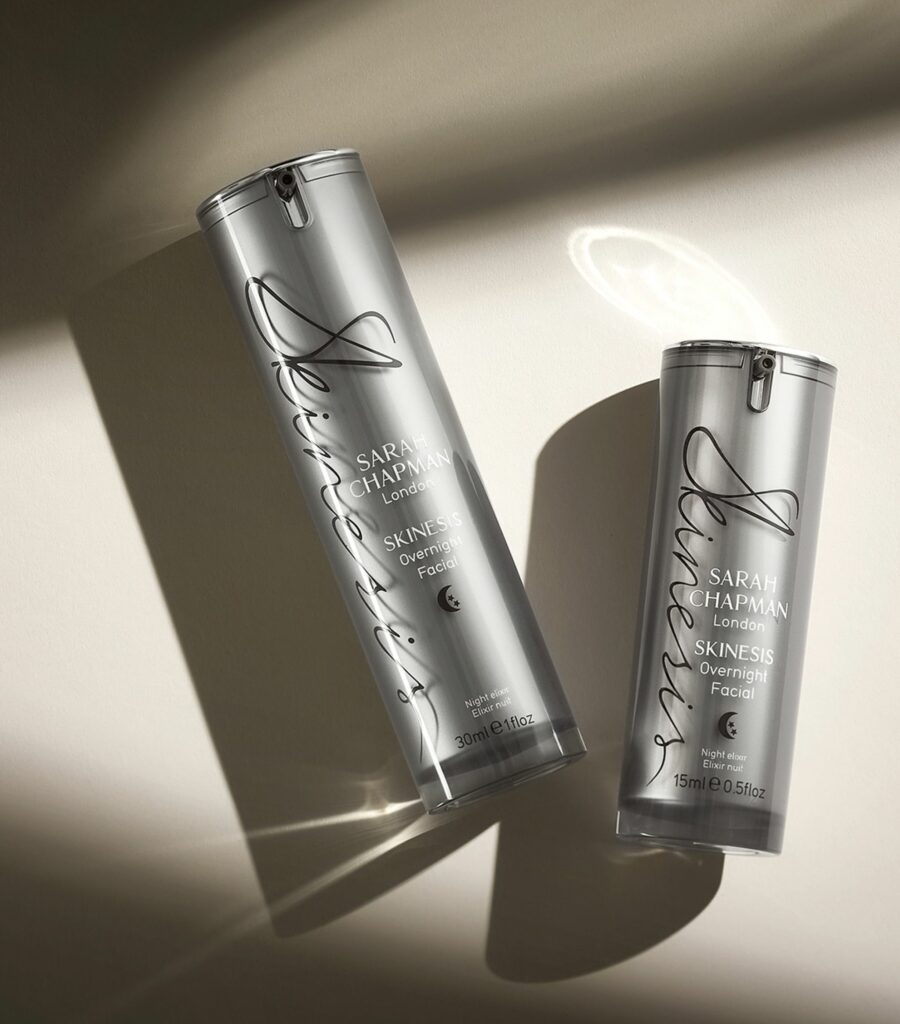
Best Facial Oil

Sarah Chapman’s iconic Overnight Facial is a luxurious elixir that truly transforms the skin. Its lightweight, antioxidant-rich formula penetrates deep into the skin’s layers to replenish moisture, restore radiance and promote a youthful complexion, making it an overnight skincare essential for those seeking age-defying results.
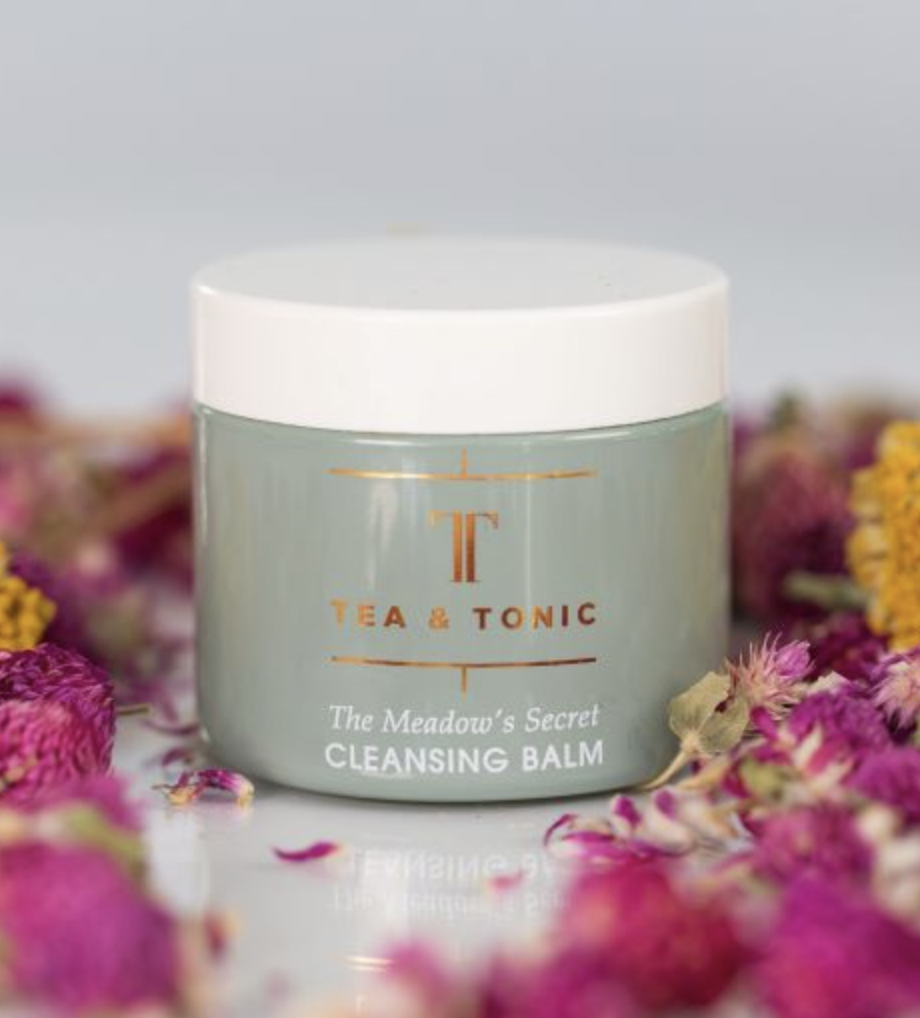
Best Cleanser

Tea & Tonic’s Cleansing Balm is a gentle yet effective solution for your everyday cleansing ritual. Its purifying formula effortlessly removes impurities and makeup while maintaining the skin’s natural balance, leaving it feeling clean, refreshed, and rejuvenated without stripping away essential moisture.
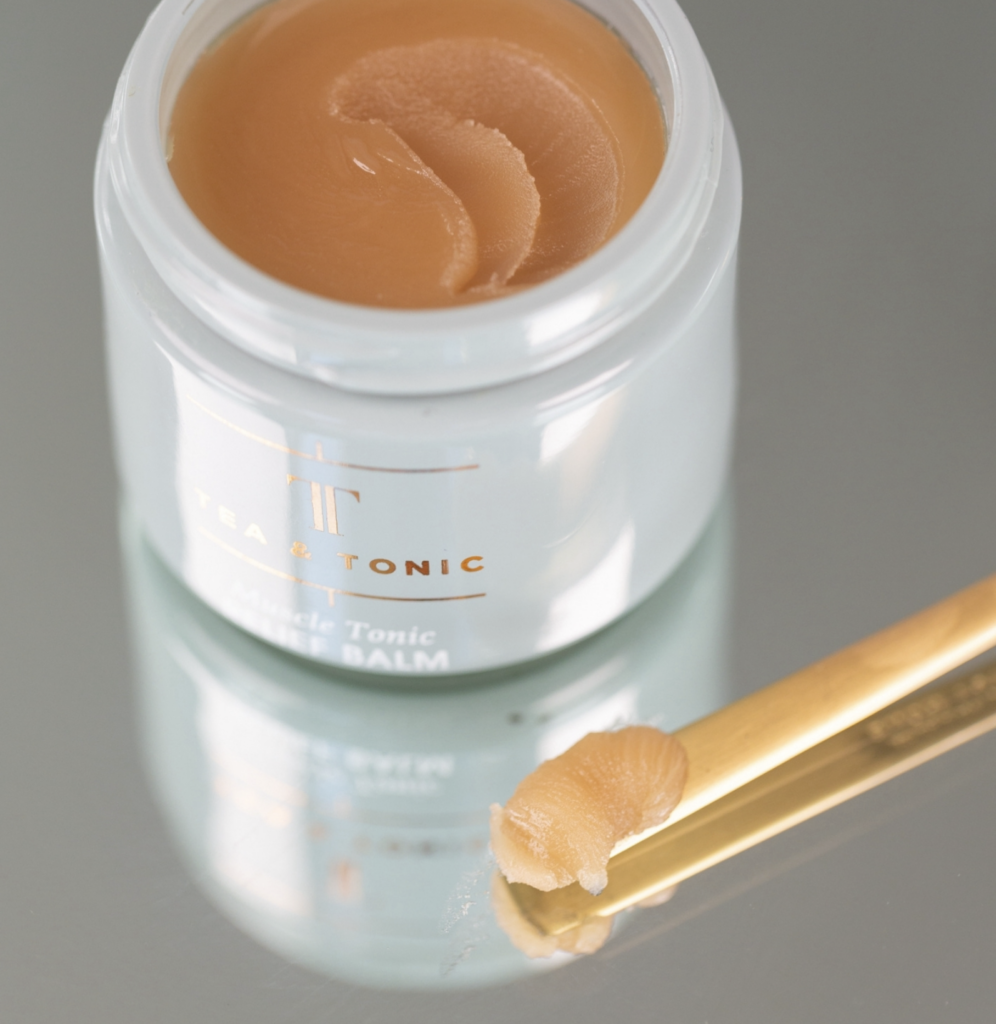
Best For Natural Beauty

At Tea & Tonic, the worlds of skincare and wellness collide as this brand has sustainability, good quality ingredients and results-led products at its heart. We especially love the adaptogenic herbs that are included for their efficacy and effectiveness in supporting not just the skin but the whole body. Their cleanser is a real treat (see above!)
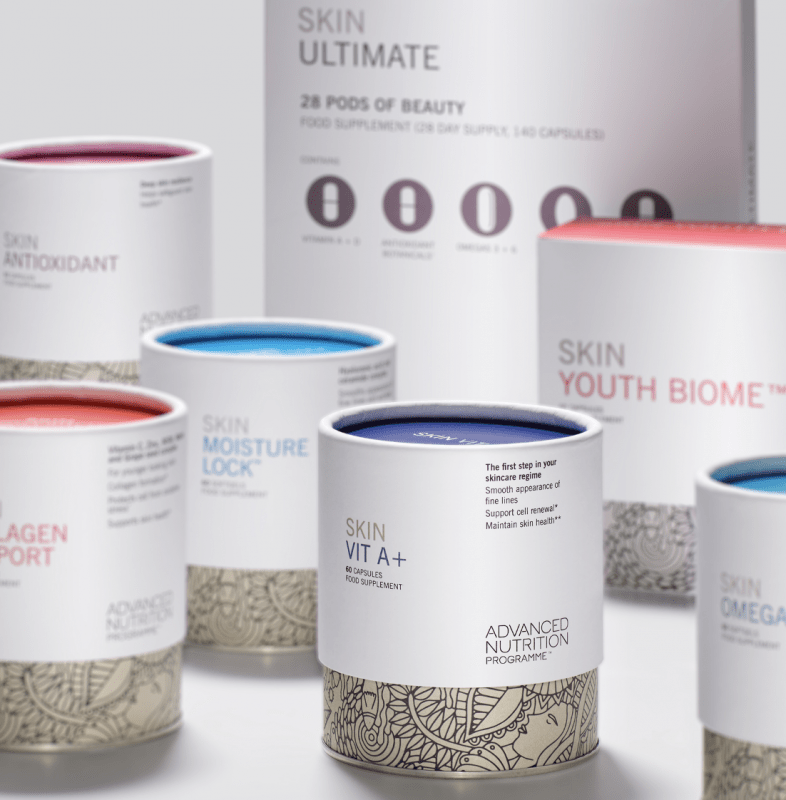
Best Beauty Supplement

When it comes to skin nutrition, Advanced Nutrition offers an array of skin-supporting supplements that cover an extensive range of skin concerns, from ageing, dry skin, to problem skin or sensitive skin.The products are based on scientific research and they even offer a skin consultation designed by Nutritional Experts that will help guide you to find the very best product for your skin.
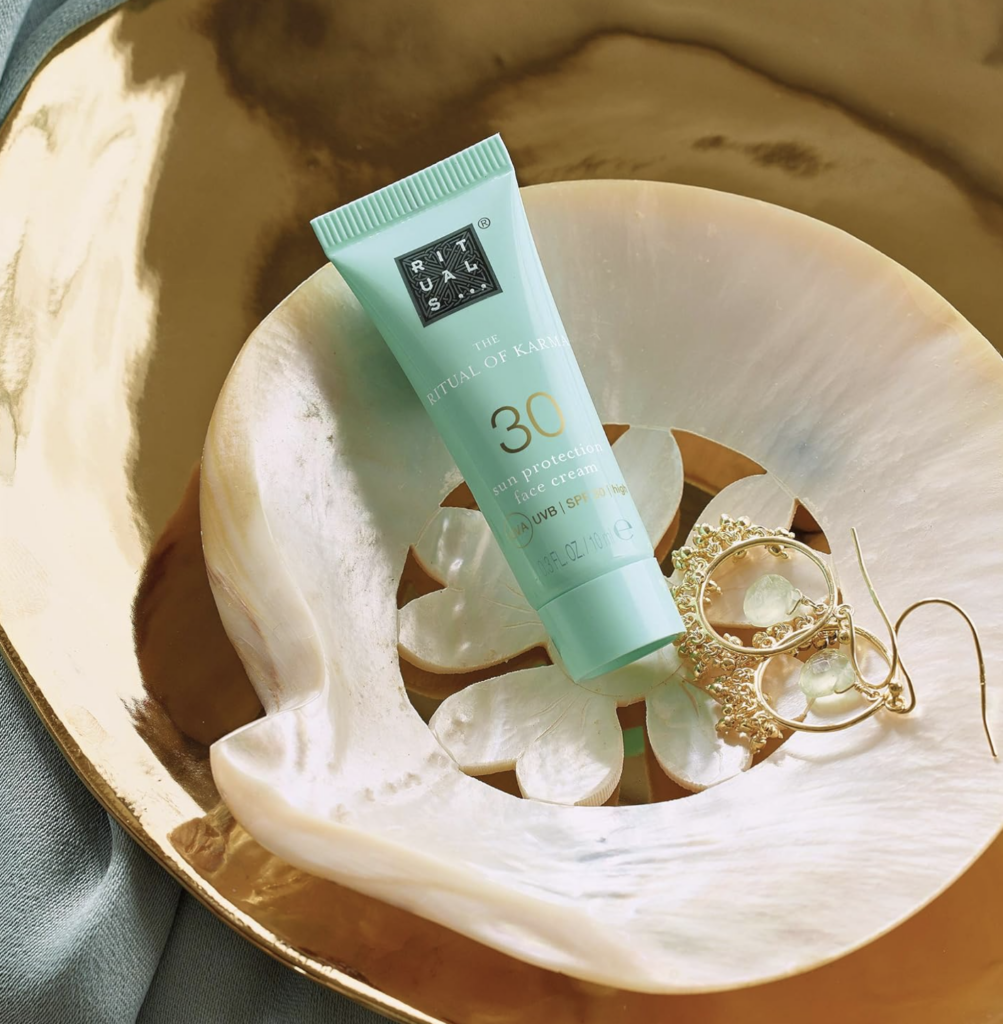
Best SPF Product

The importance of sun care is becoming ever more prevalent with the recent news that although most cancers are on the decrease, melanomas are in fact on the rise. Finding a good SPF product can sometimes feel like finding a needle in a haystack. You want a cream that absorbs nicely but still allows for a good level of protection. This is where Rituals comes in – their array of suncare products are light enough to wear everyday, yet hard hitting so you can also rely on them for sunnier, hot summer days. Bring on Summer!

Best Night Cream

From one of our favourite brands comes this heavenly night cream – this super hydrating moisture mask is the perfect antidote to tired or stressed skin. Targeting redness their anti-redness complex is made up of potent ingredients like probiotics, turmeric and ginger and will soothe even the most sensitive skin.
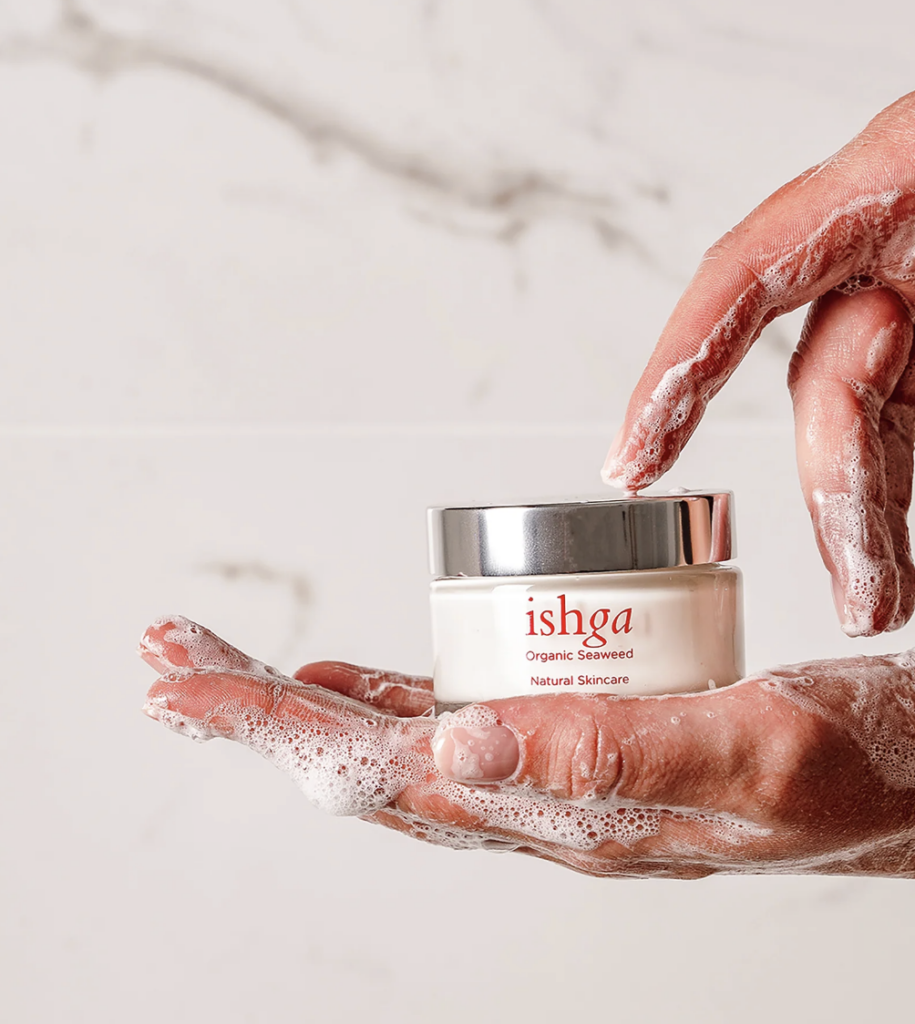
Best Day Cream

There is a cohort of reviews raving about this cream and we can see why. From the quality of its ingredients (think organic seaweed, hyaluronic acid and organic oils to it’s amazing results (slowing down the appearance of aging and rich hydration), this recently launched cream is to set to be a cult favourite amongst beauty aficionados across the UK.

Best Eye Cream

OSKIA’s unique dual-approach and signature MSM repair and regenerating complex work wonders in this potent product, Eye Wonder. Formulated with Vitamin B3, Swiss Apple Stem Cells and Rose Water, Eye Wonder is a soothing eye serum packed full of youth-enhancing nutrients that help rebuild cell health to reduce the appearance of fine lines and brighten dark circles.
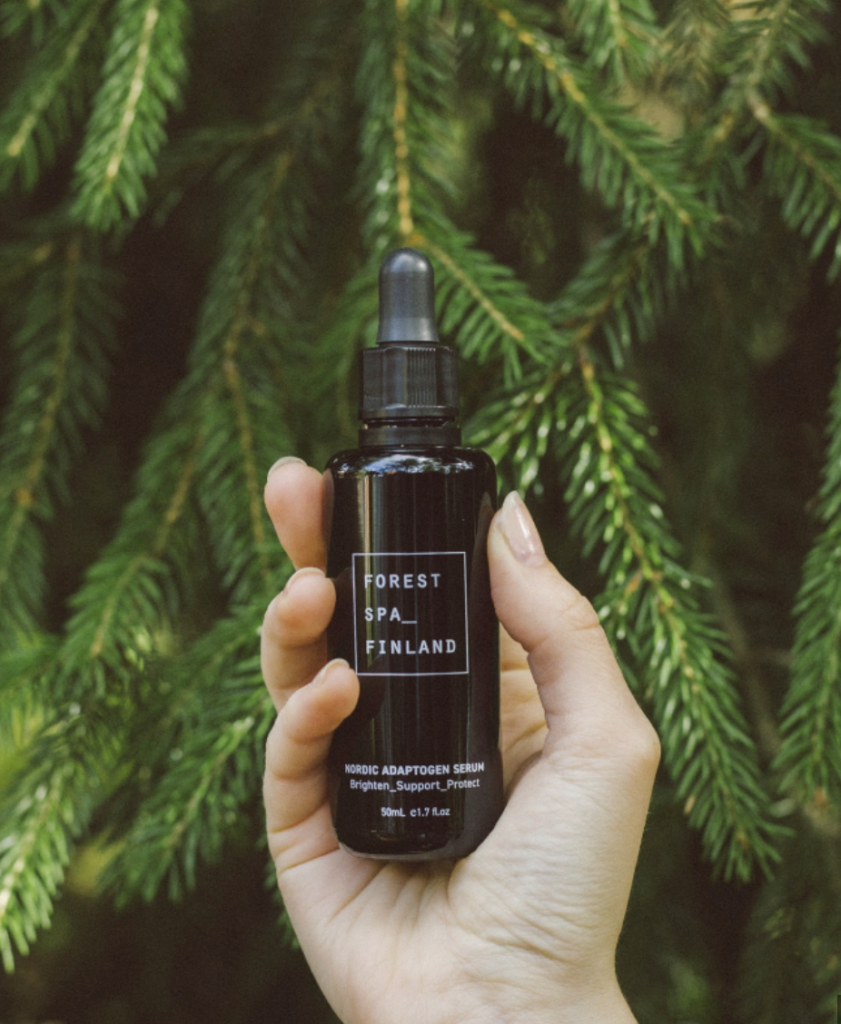
Best Face Serum

Forest Spa Finland Nordic Adaptogenic Serum
Although this Serum is expensive at £110, we can promise you two things – 1.) that it will last forever (i’ve had mine for nearly a year!) and 2.) that it is a potent skin saviour that helps promote healing and support your skin through different climates, life stages and hormonal changes. Its ingredients are made up of powerful adaptogens inspired by the Nordic countryside that all work together to improve the skin’s appearance and resilience too.
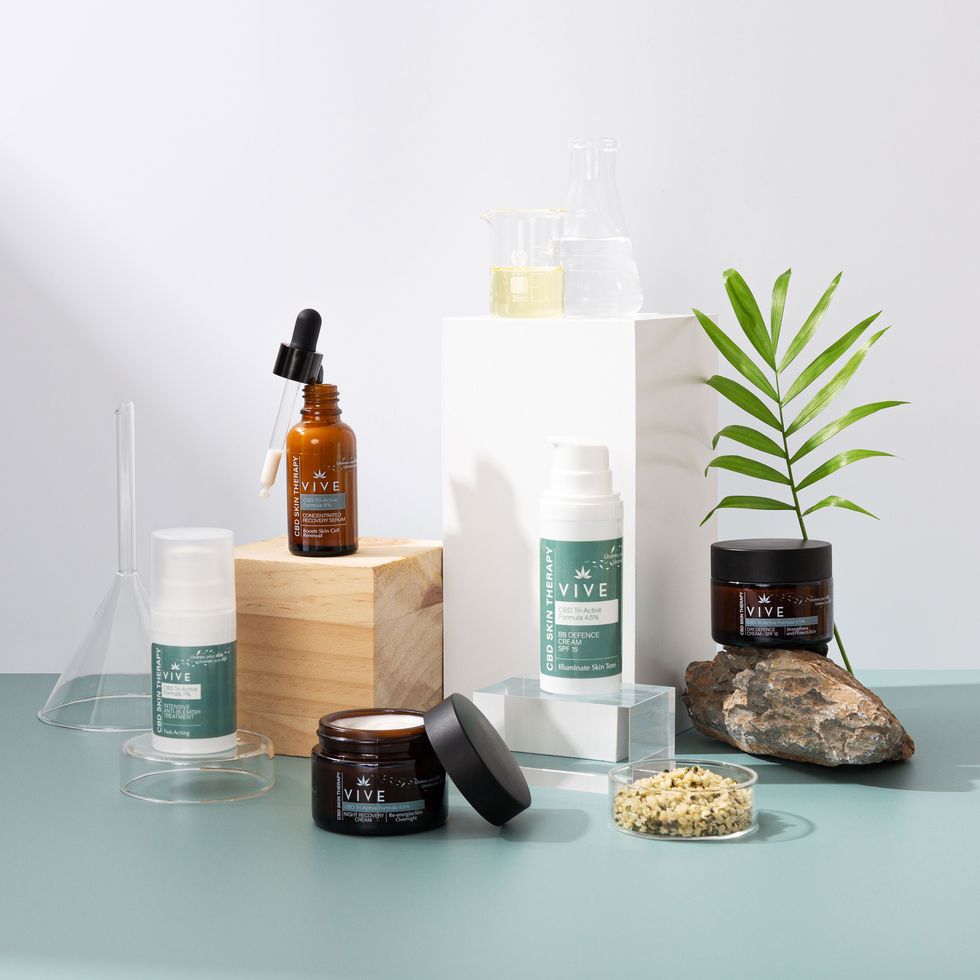
Best For Menopausal Skin

A brand focused around menopausal skincare using only performance-based ingredients – we’re sold, Vive’s Founder has over 34 years of experience in Research & Development for some of the world’s leading skincare brands. Drawing upon this knowledge and further research into how to treat hormonal skin changes, Vive was born, helping skin look and feel its best well into menopause and beyond.

Best Beauty Newcomer

Launched in Spring 2023, the sustainable, recyclable and 100% vegan, et al. has burst onto the beauty market as a make-up brand with over 30 years of skin health expertise at its helm. We love the shade finder on their website that will help you perfectly match their products to your skin tone. Can’t wait to see what comes next from these guys. Make-up just got a makeover.
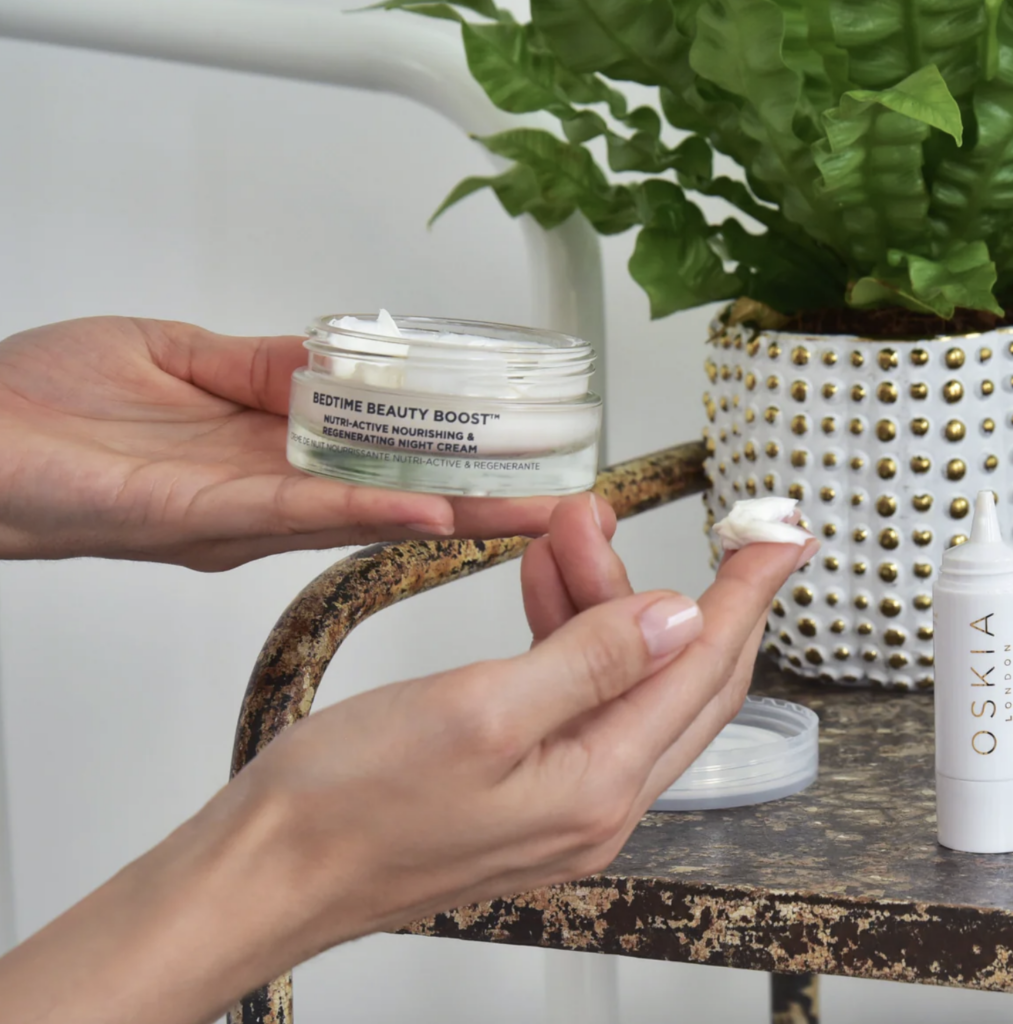
Best For Anti-Ageing

A hero of a night cream that is packed full of actives and nutrients to provide your skin with the perfect beauty boost so you can wake up with more hydrated and even skin.
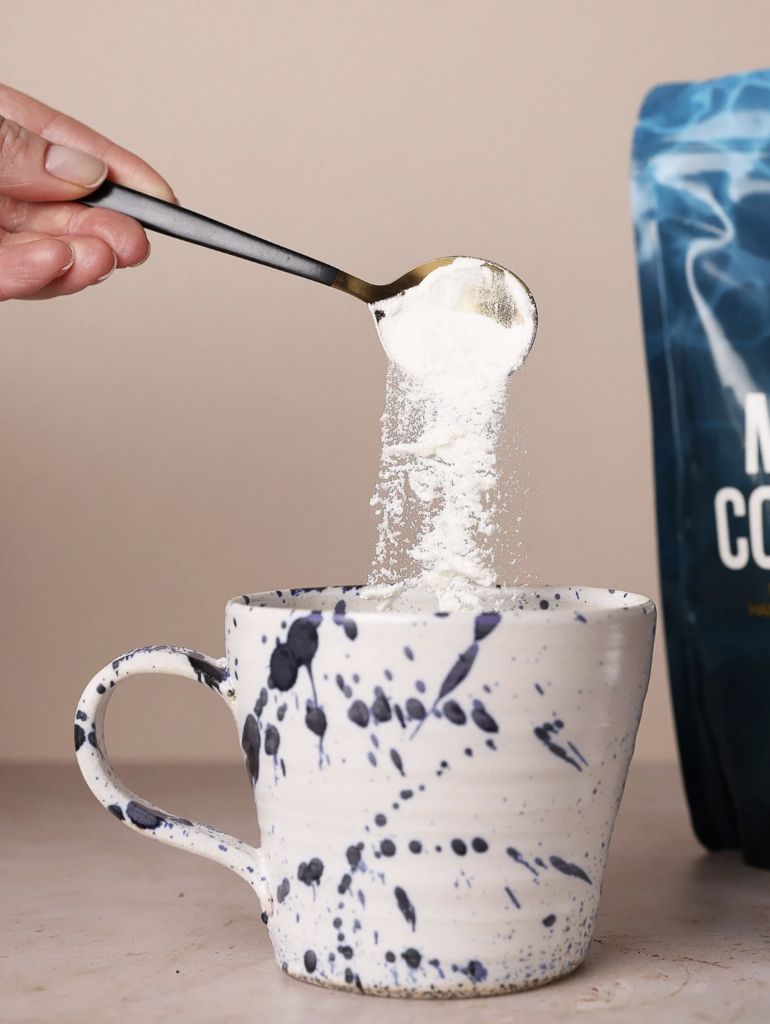
Best Collagen Product

Collagen has so many amazing benefits supporting your your skin, hair, nails and joints to your heart, gut, bones and even improving sleep. Lisa Snowdon is a well-being champion and longstanding ambassador for Correxiko and you can really expect to see and feel the results from this supplement.
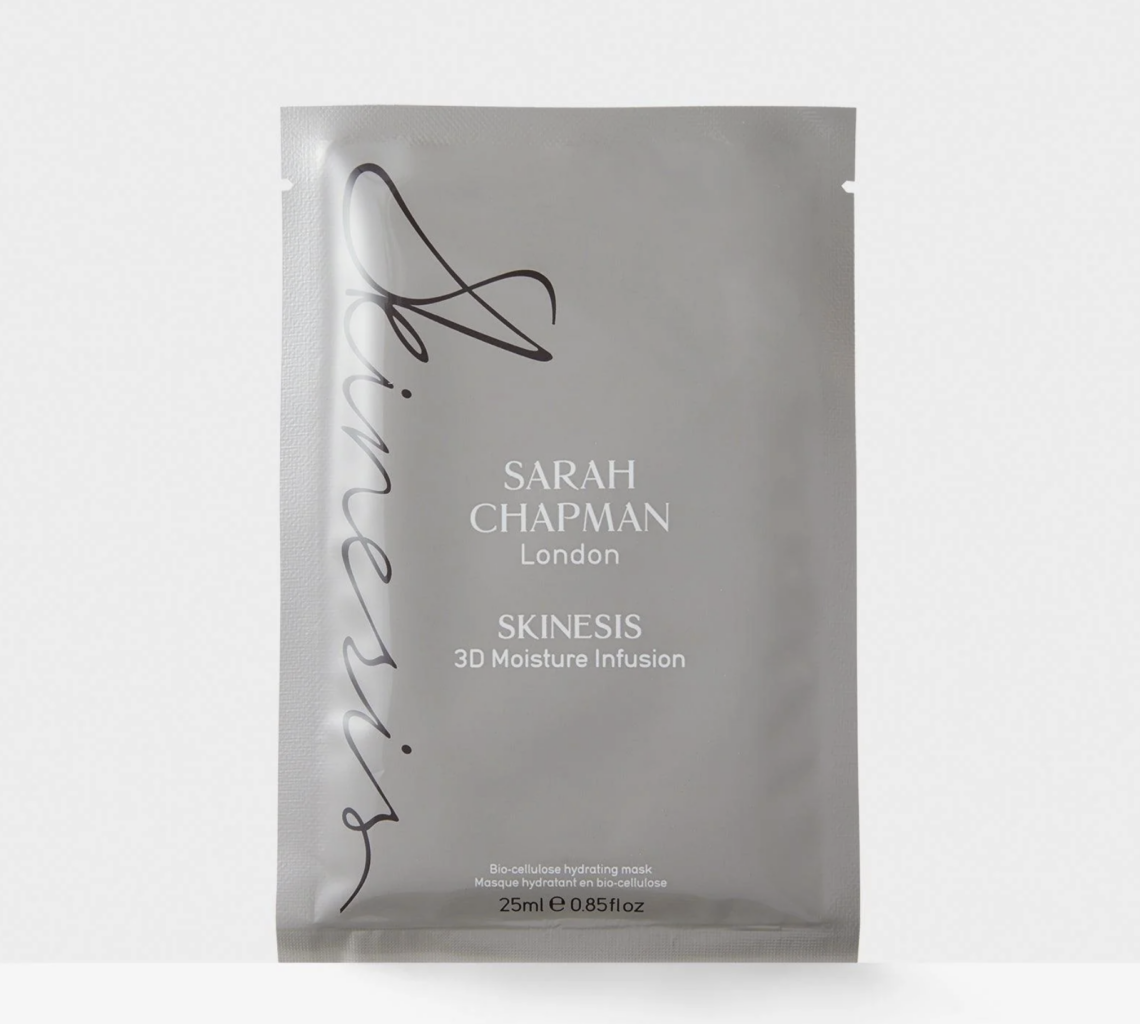
Best Sheet Mask

Sarah Chapman 3D Moisture Infusion Mask
This amazing sheet mask soothes and provides instant hydration leaving your skin feeling more plump with a glowing complexion. It the ultimate at home spa treatment you will love.
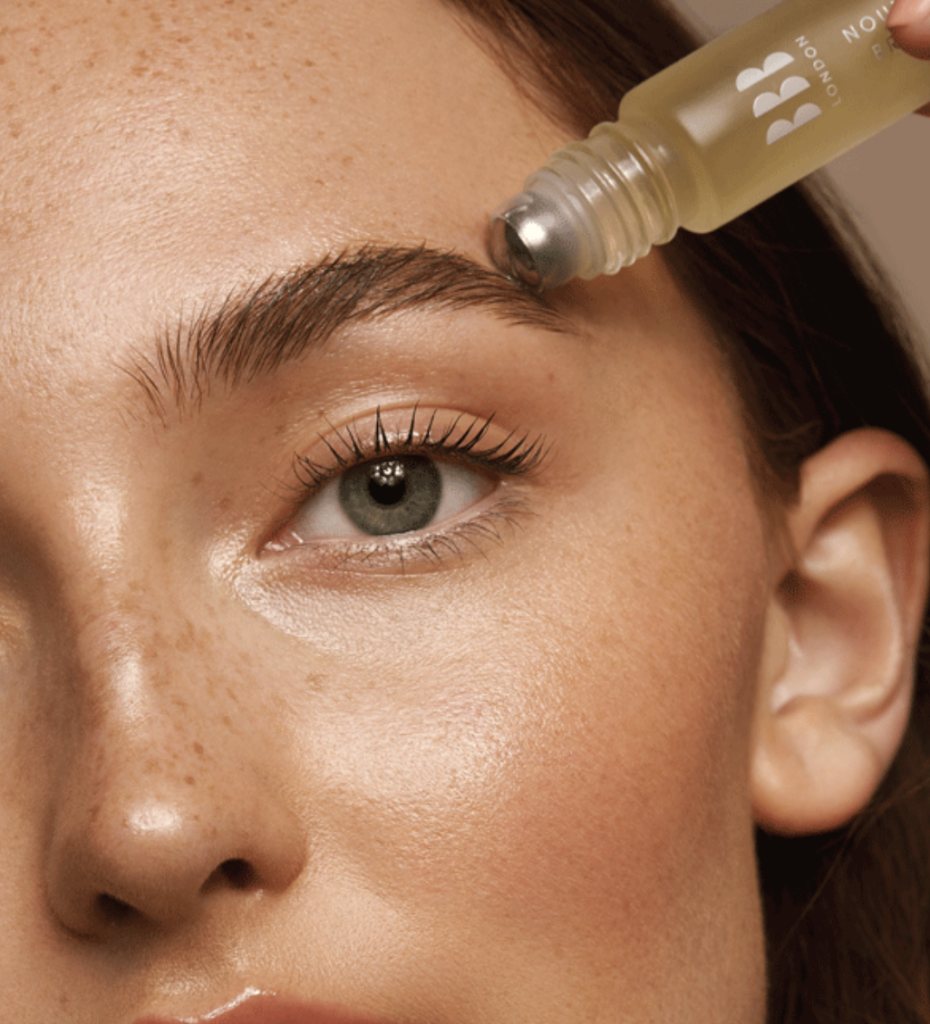
Best Brow Product

Blink Brow Bar Nourishing Brow Oil
This strengthening and nourishing overnight brow treatment is amazing for kickstarting hair growth and nourishing your eyebrows. We love the rollerball for easy application and you really do see the difference.

Best Active Product

These small but mighty capsules are amazing for brightening your skin leaving you with a more youthful and radiant complexion. The perfect dose in each capsule leaving amazing results at a safer lower level.

Brand Best Skincare Tool

These Cryo Sticks are perfect to depuff tired eyes and firm up your skin and boosting collagen. Place in the freezer overnight for a perfect morning facial ritual.
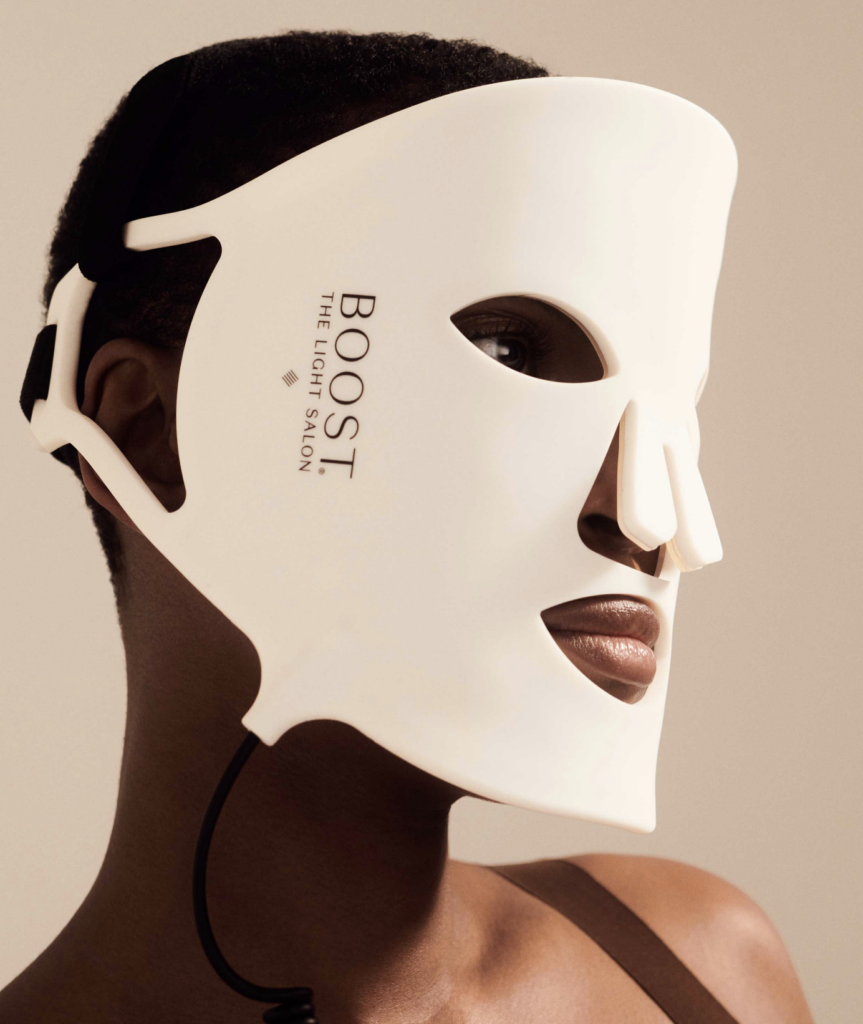
Best LED MASK

LED Masks are a real hero product at the moment. Clinically proven to trigger cellular renewal and transforming complexion just 10 mins a day really can make all the difference and leave your skin glowing.
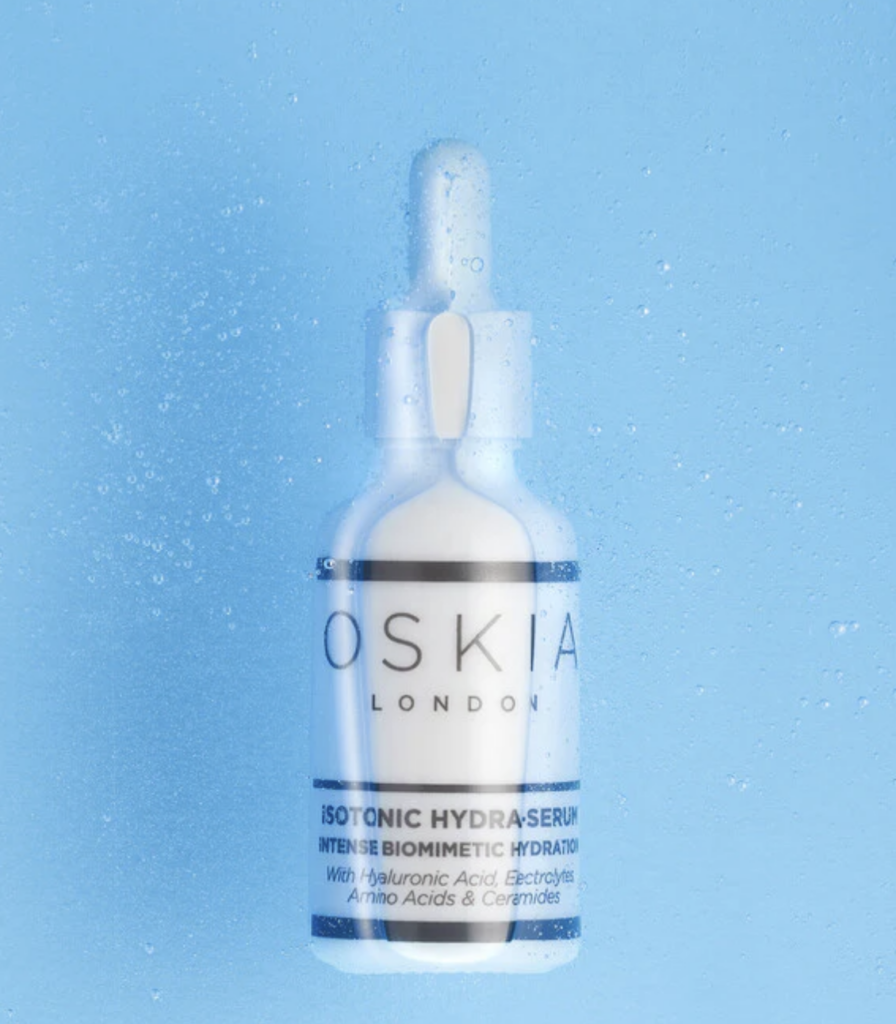
Best for Dry/Dehydrated Skin

This amazing serum is so lightweight yet so hydrating and calming helping support the skin’s mantle and barrier function. If you need a little extra tlc and hydration this this one does it all.
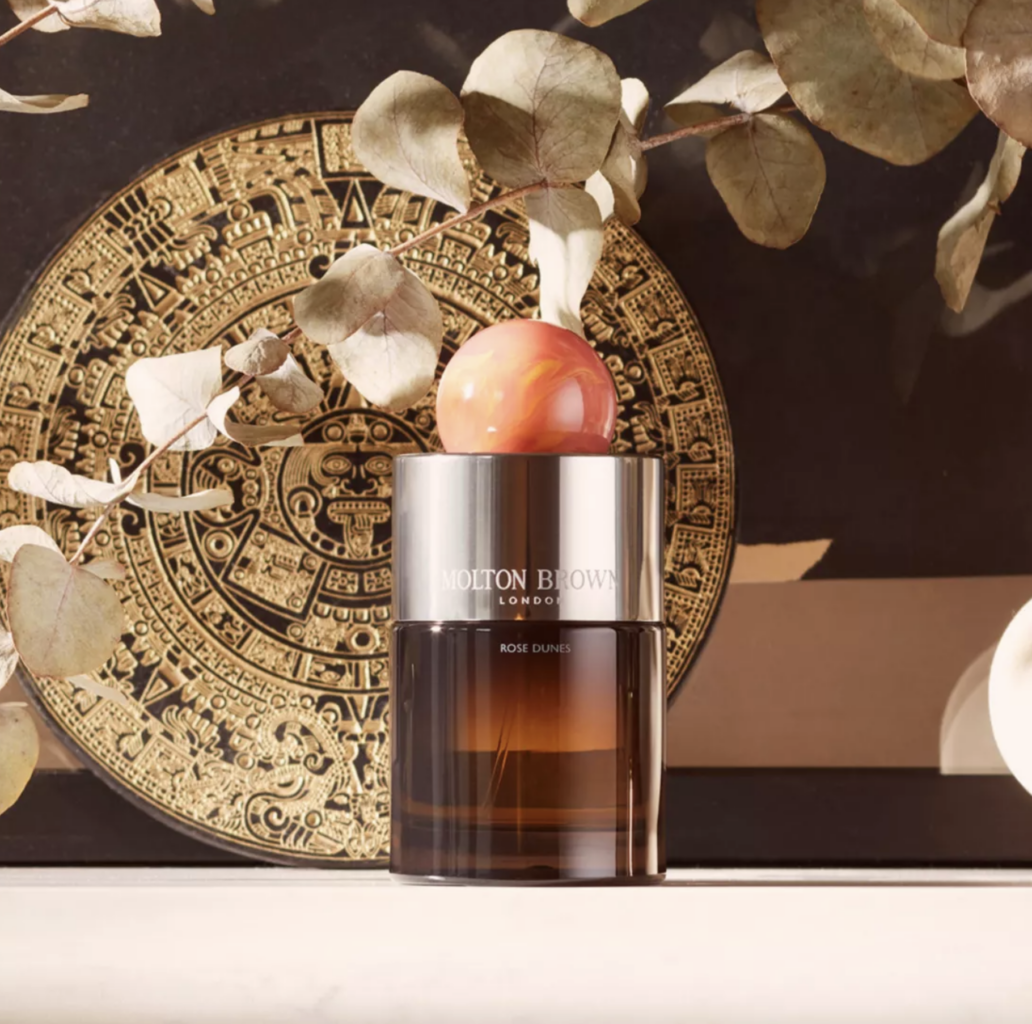
Best Perfume Brand

Born on Molton Street in 1971, Molton Brown do the most amazing long lasting fragrances which smell amazing. From their Classic bestseller Black Pepper to their new Wild Mint and Lavandin there is something for every one and every occaison.

Best Hair Styling Tool

Drybar The Half Shot Blow-dryer Brush
This is the perfect tool for quick easy blow dries. Combining the hot air like a blow dryer with a perfect round styling brush this tool will give you a smooth blow dry and volume that lasts.

Best Beauty Treatment

The Light Salon Express Collagen Boost
Great for a lunchtime facial that really has results. With a combination of LED, massage and LED skincare you leave with your skin feeling more smooth and hydrated and the perfect glow.



